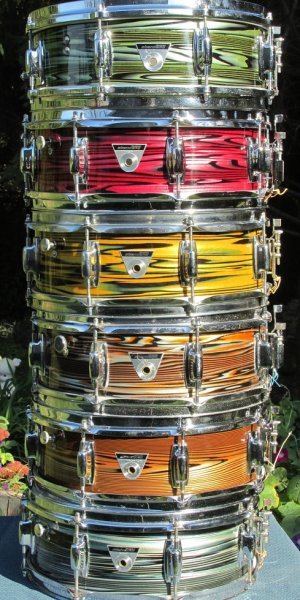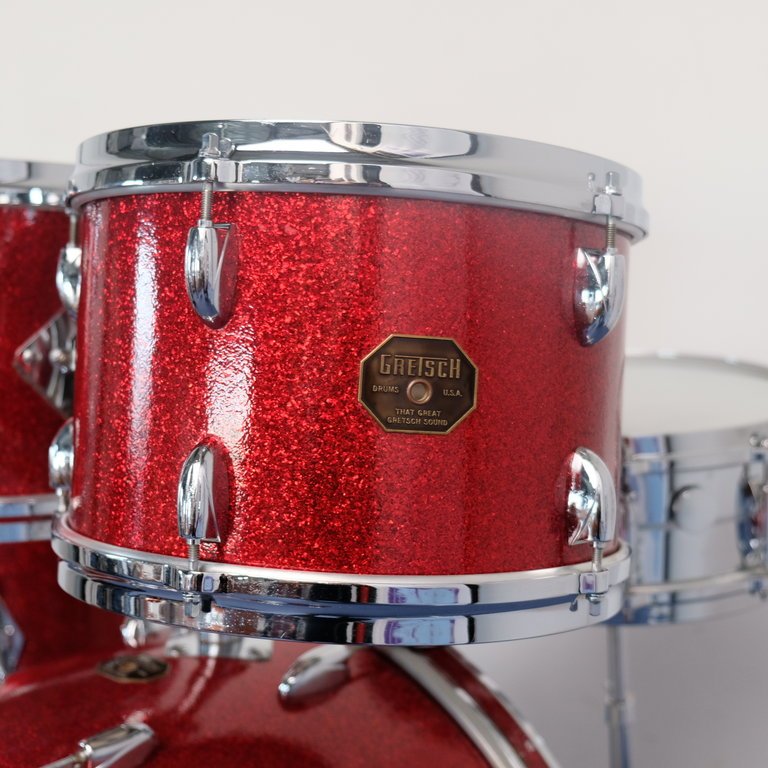This article documents the types and sizes of drums recorded in a large database of 1960s Ludwig Keystone badge drums to provide a glimpse into Ludwig’s 1960s production.
Read moreCross-Use of Paper Labels and Serial Numbers in Gretsch Guitars, Banjos and Drums in the Early 1970s
The serial number schemes and paper label designs used with Gretsch guitars and banjos differed from those used with Gretsch drums. On a few occasions in the early 1970s, drum serial numbers and drum abels appear on guitars and banjos and guitar/banjo serial numbers and labels appear on drums. This article is written for the vintage guitar, banjo and drum communities so that this fascinating interaction between these areas of Gretsch manufacturing is more widely understood.
Read moreFinishes on Ludwig Standards
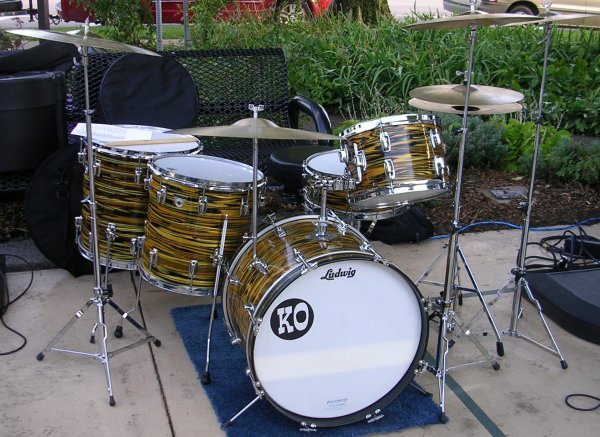
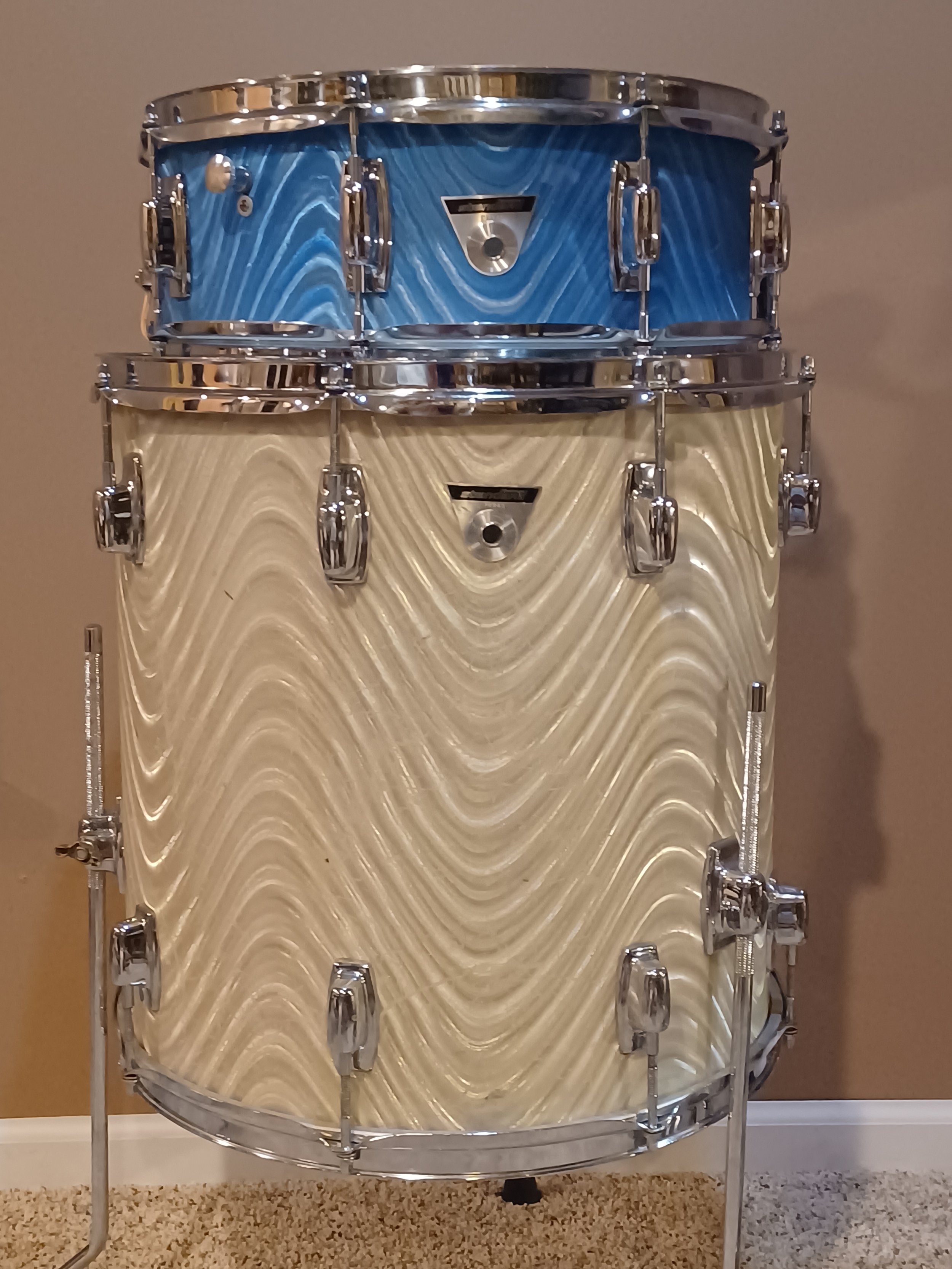
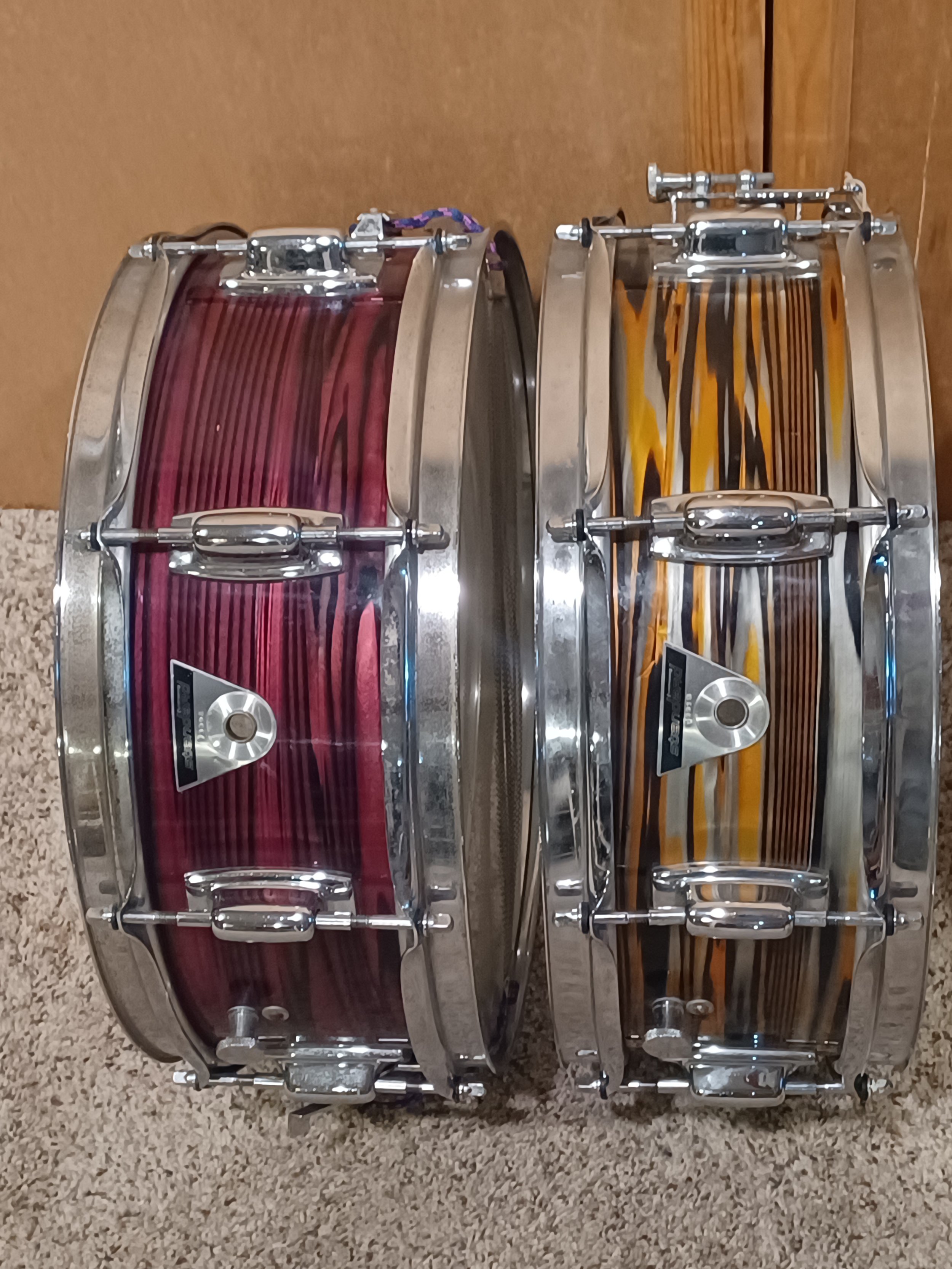
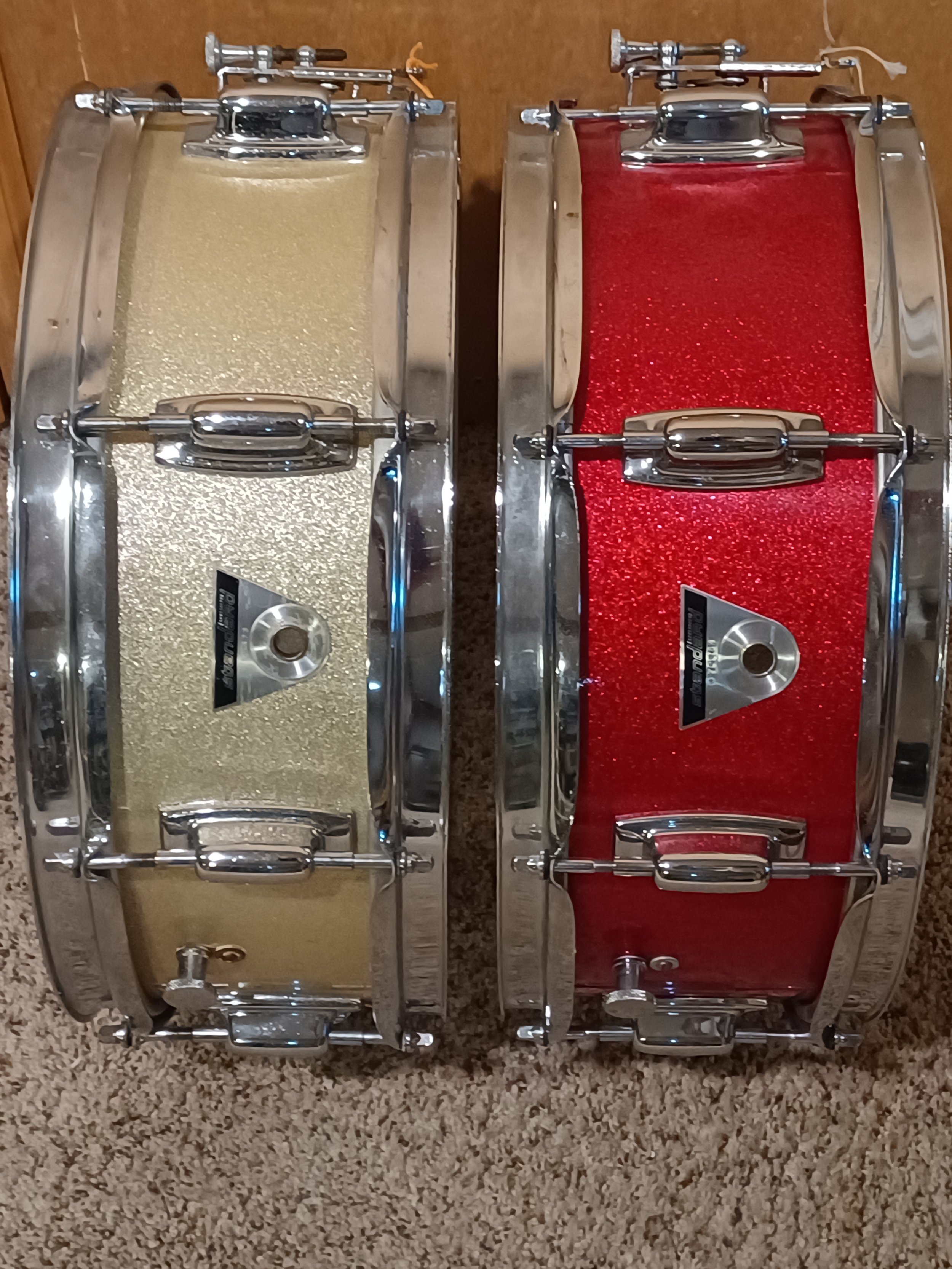
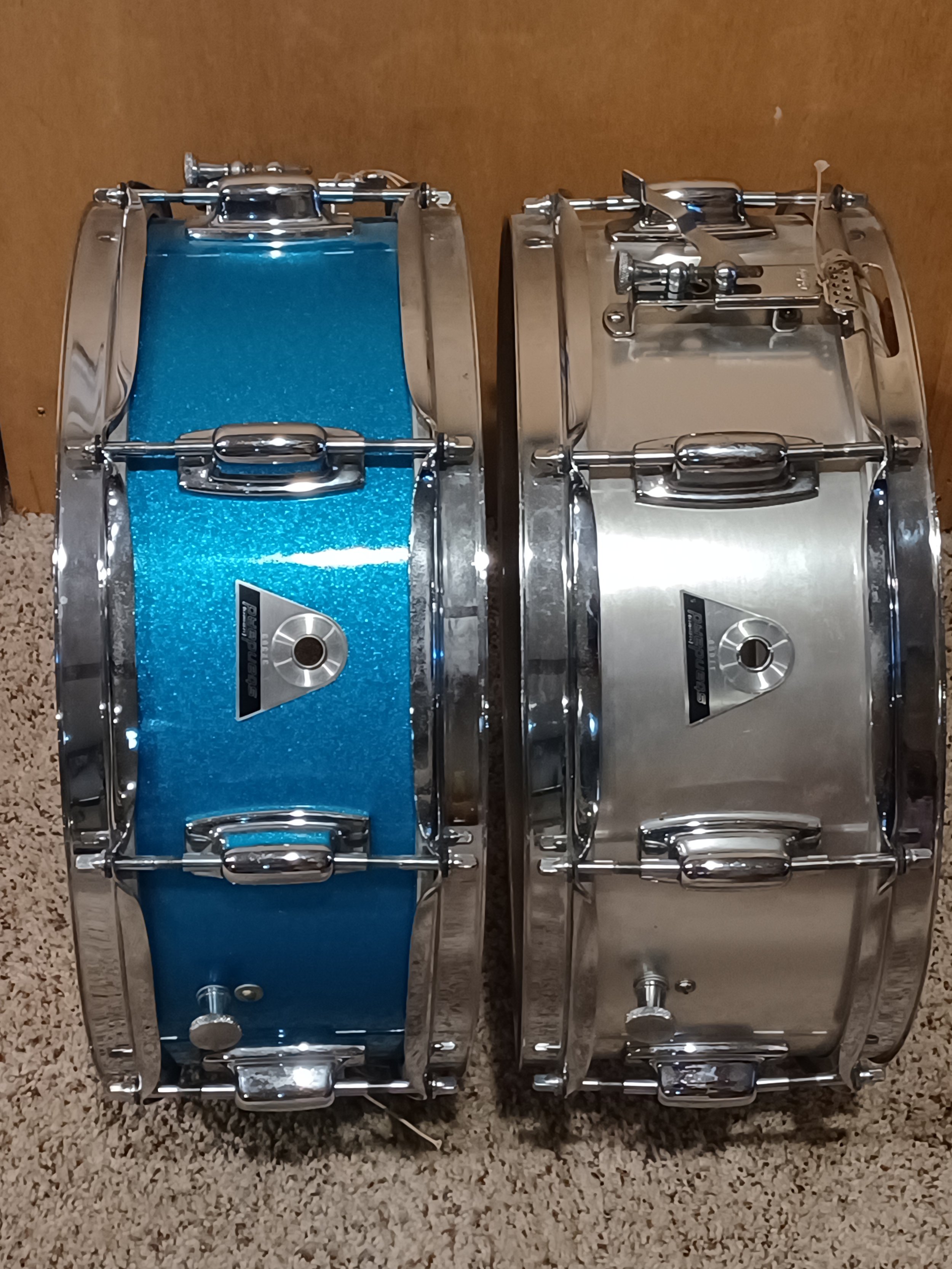
…relying upon what is believed to be the largest database of vintage Ludwig drums in existence, it provides insight into the finishes used by Ludwig which have appeared in the resale market in the last dozen years.
Read moreLudwig Finishes of the Blue/Olive Badge Era
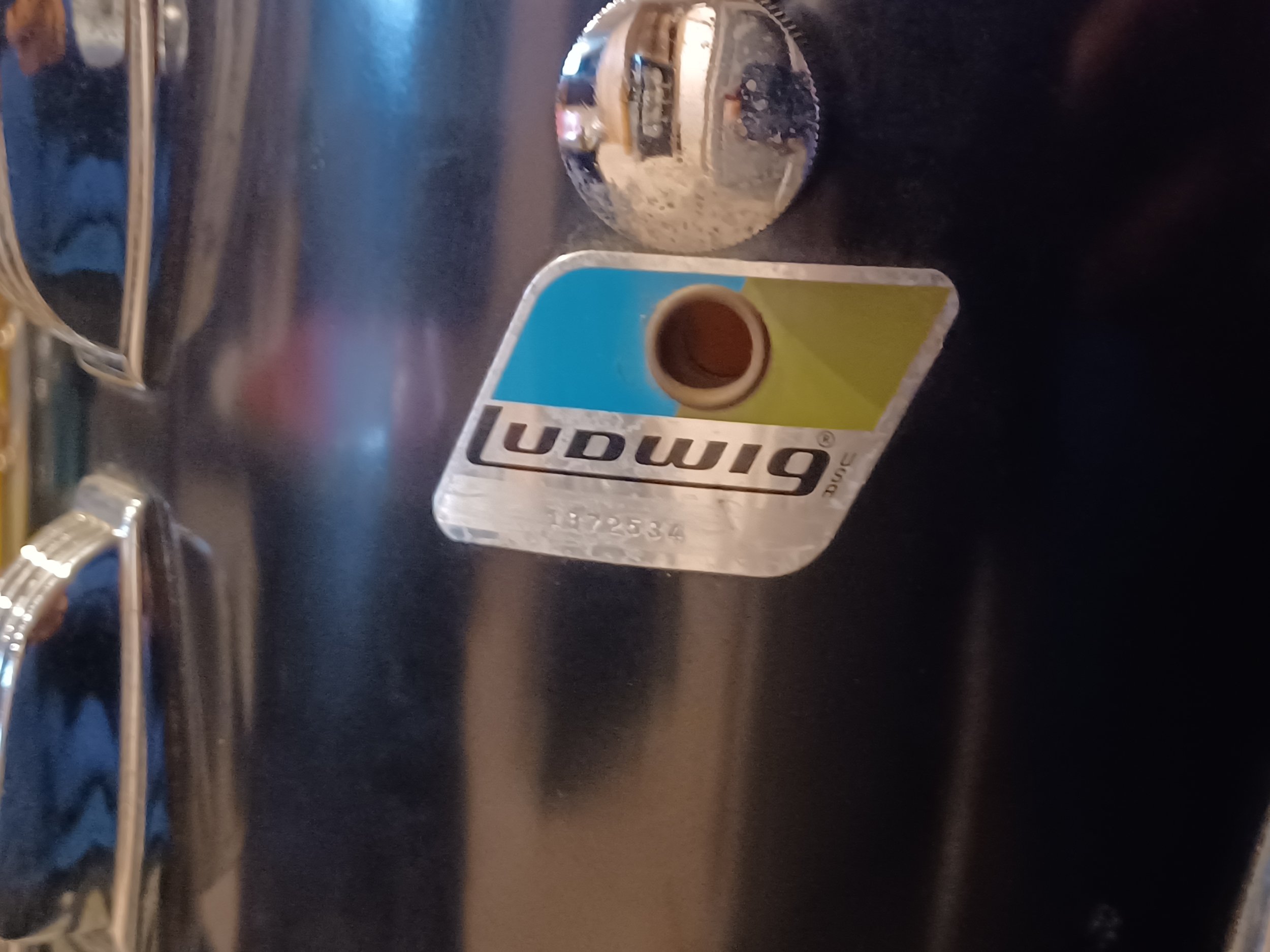
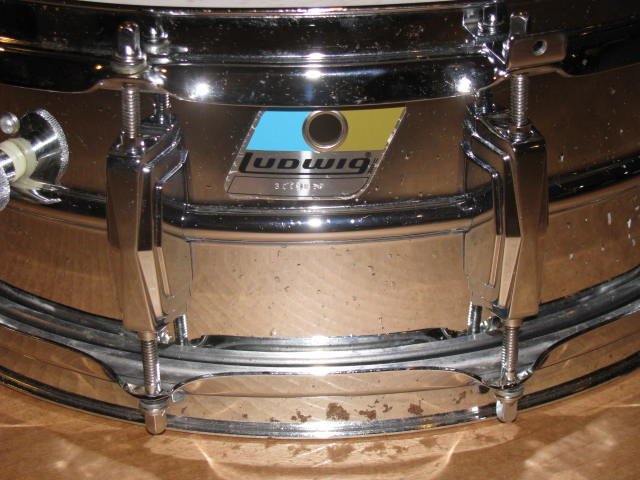
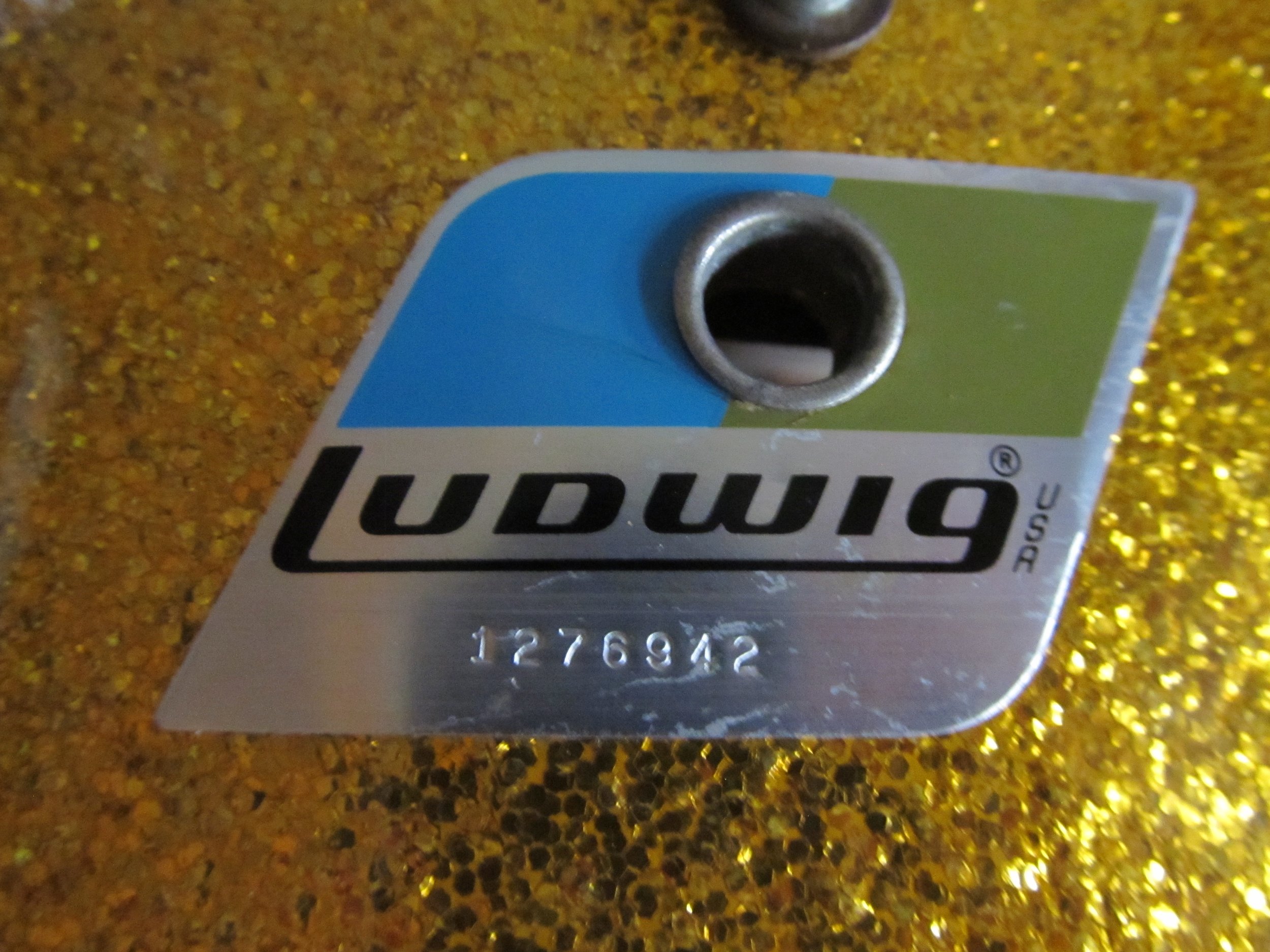
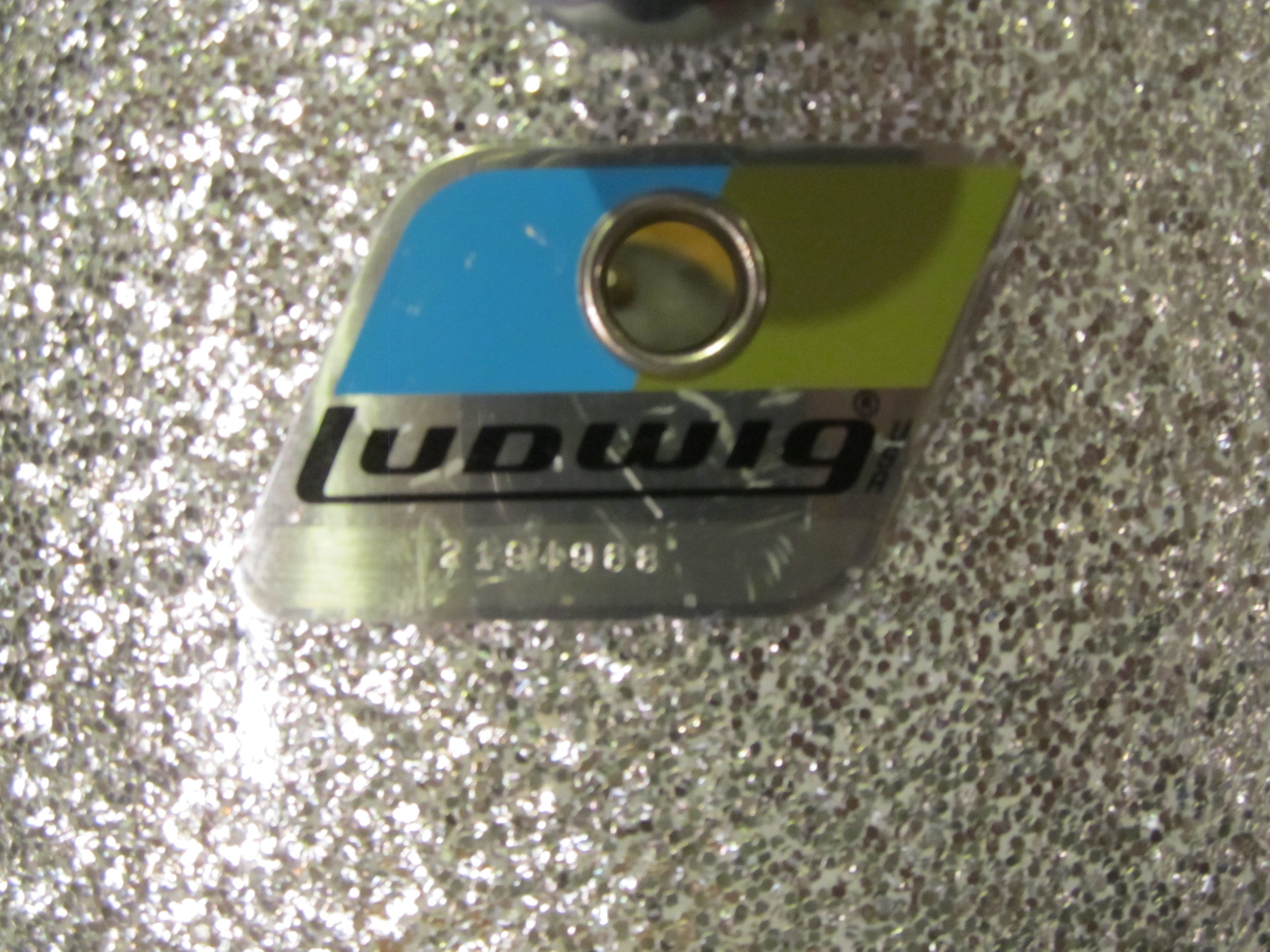
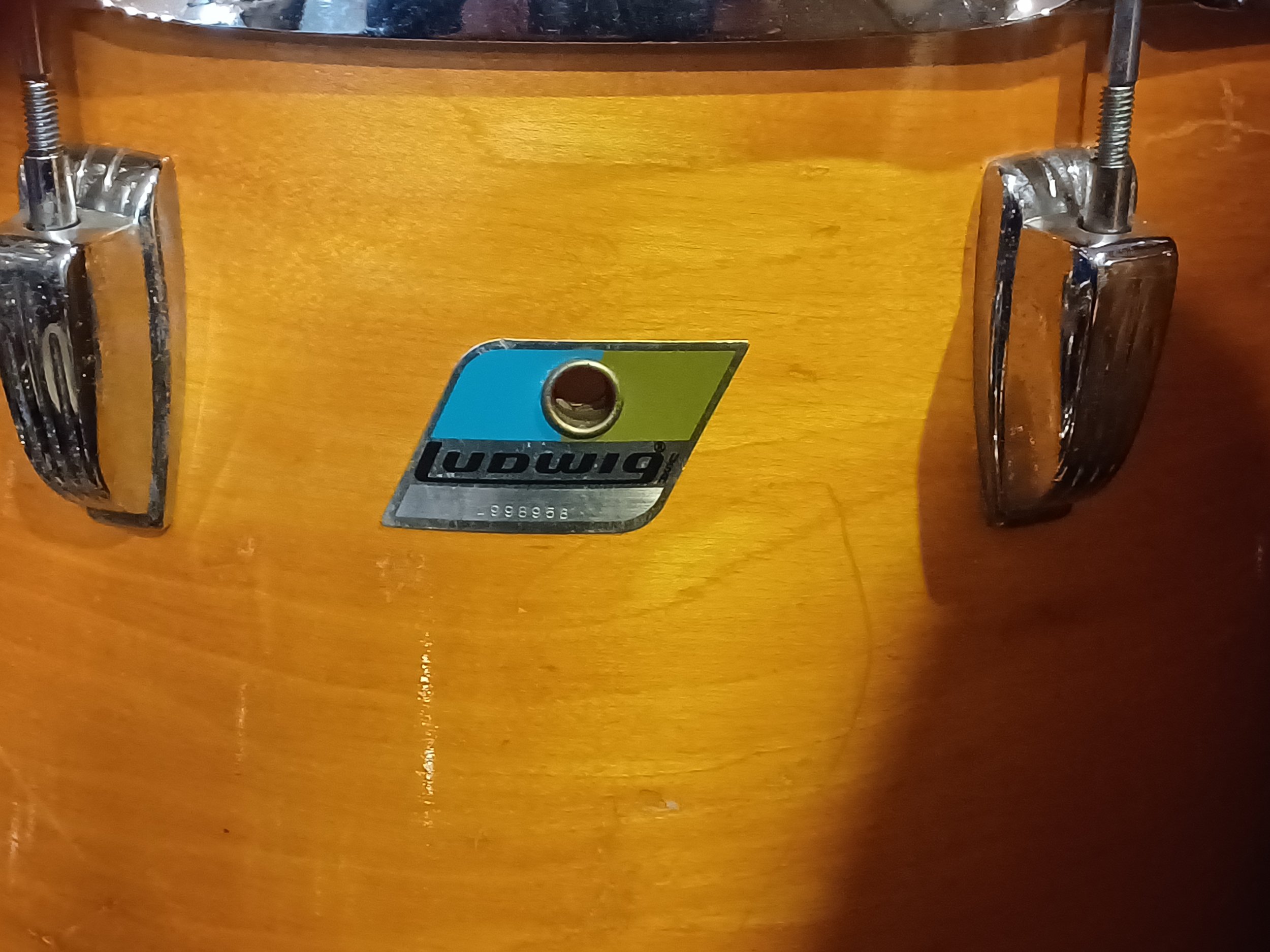
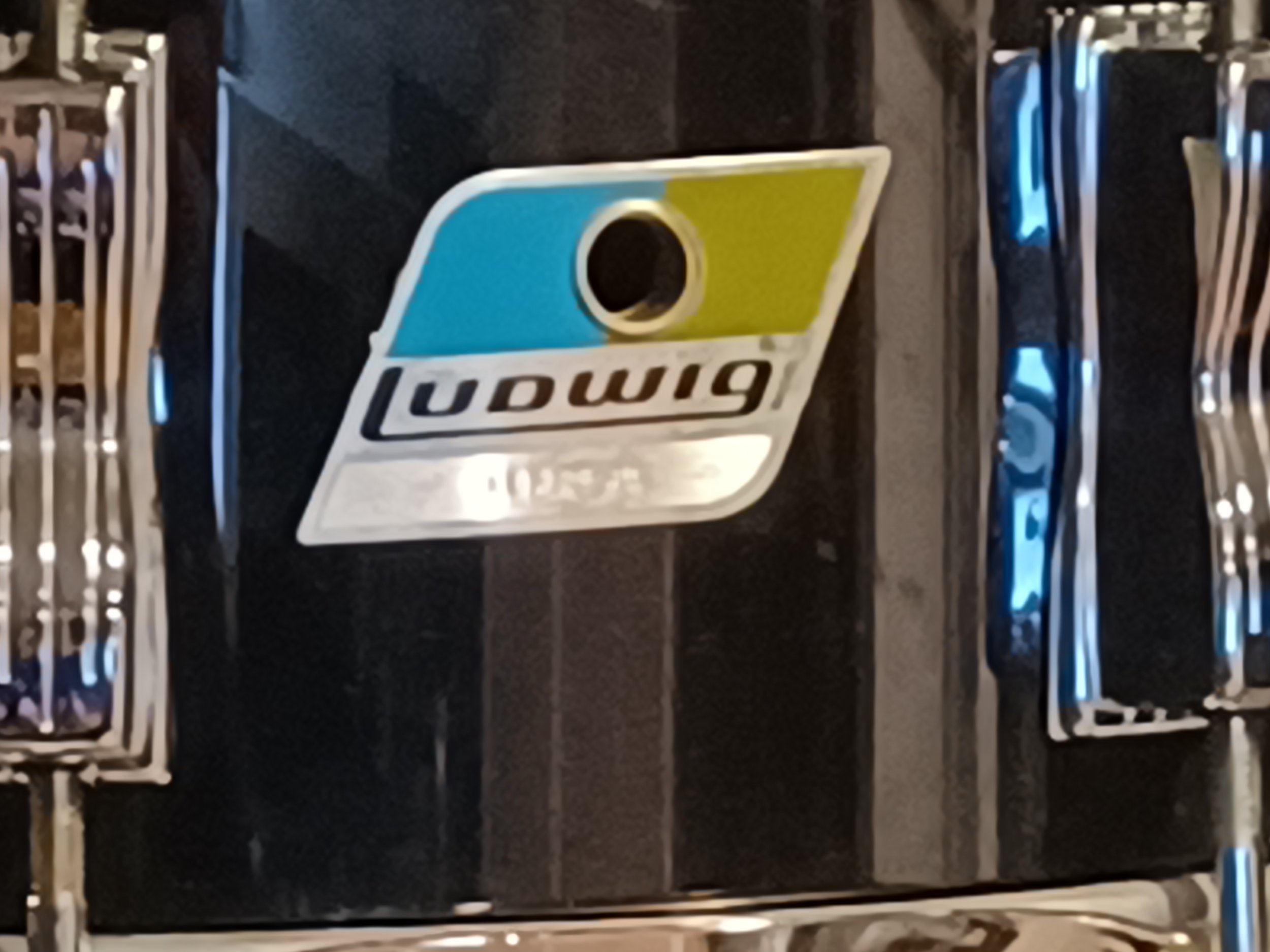
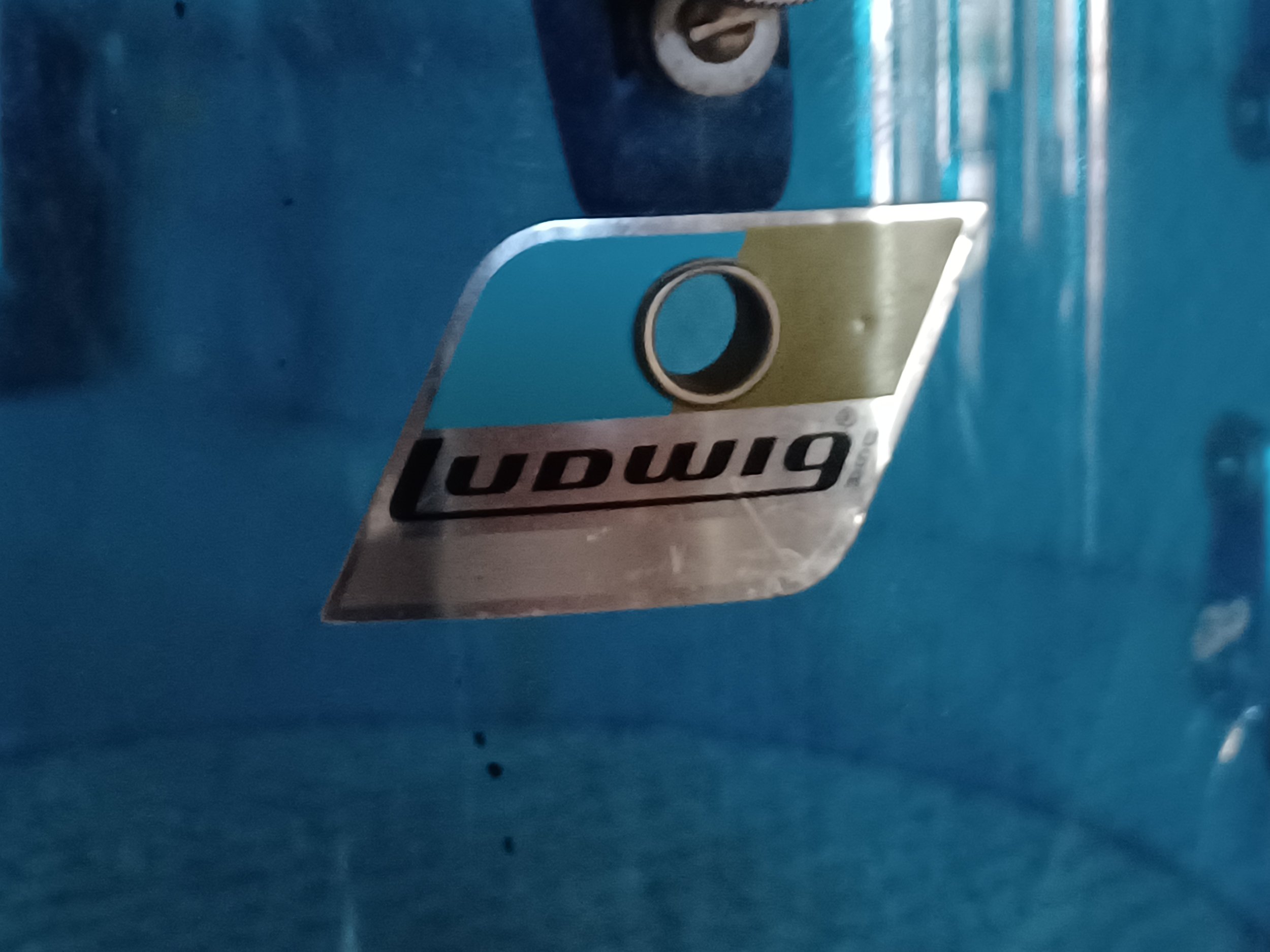
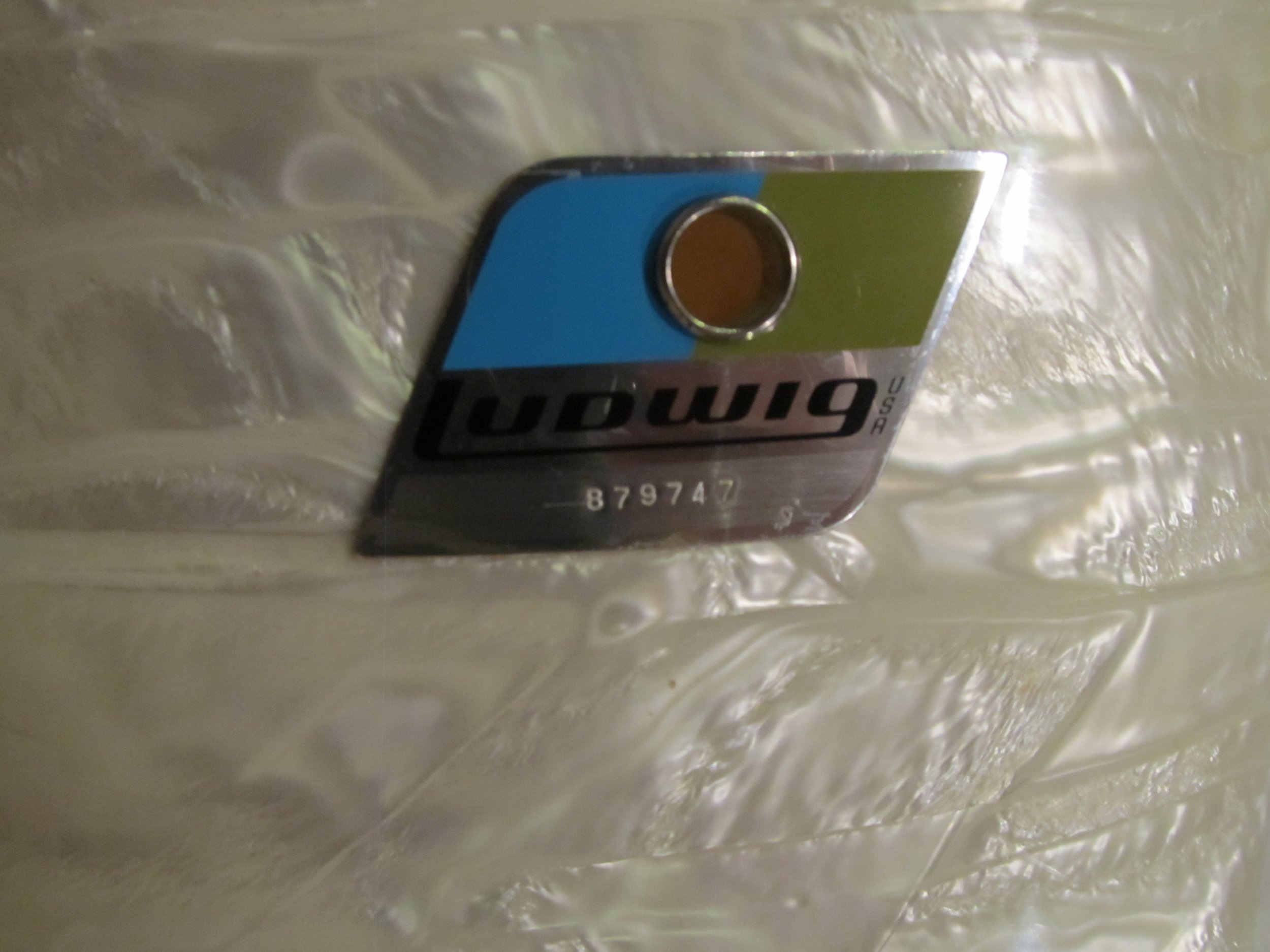
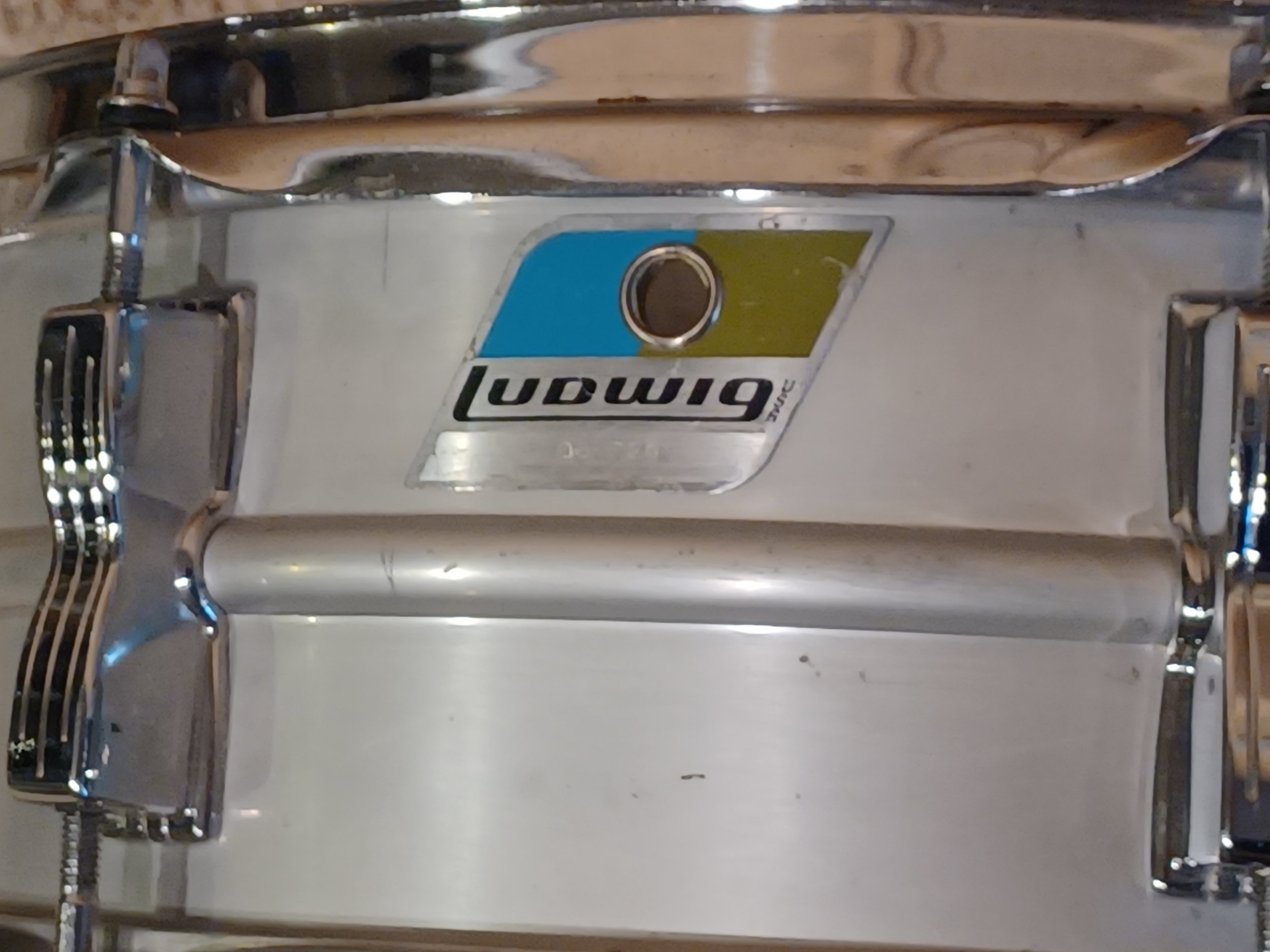
This study reviews data gathered from a representative sample of Ludwig Blue/Olive badge drums produced from very late 1969 (earliest date stamps are Thanksgiving week 1969) through about 1984.
Read moreLudwig Finishes in the 1960s
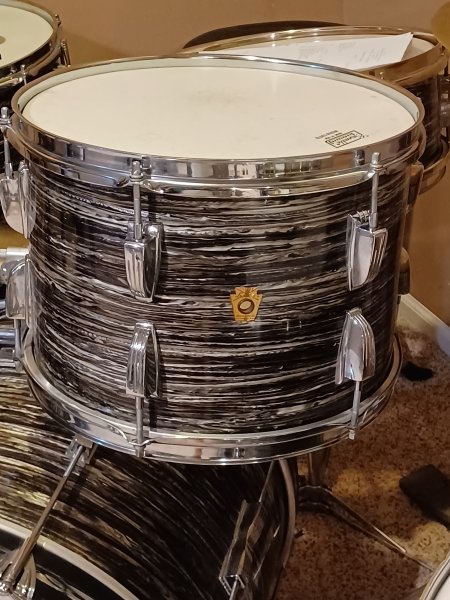
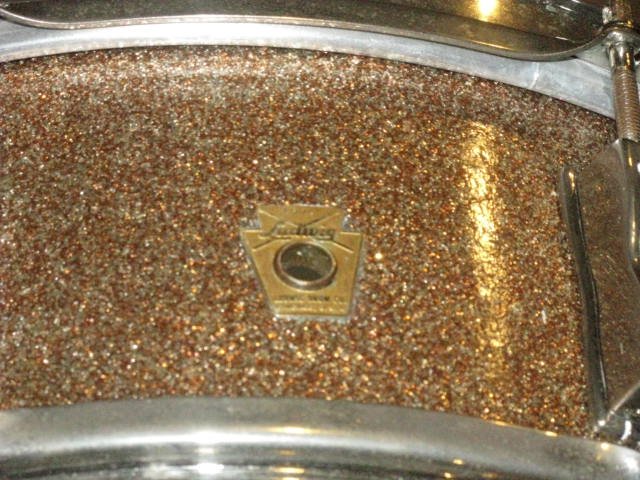
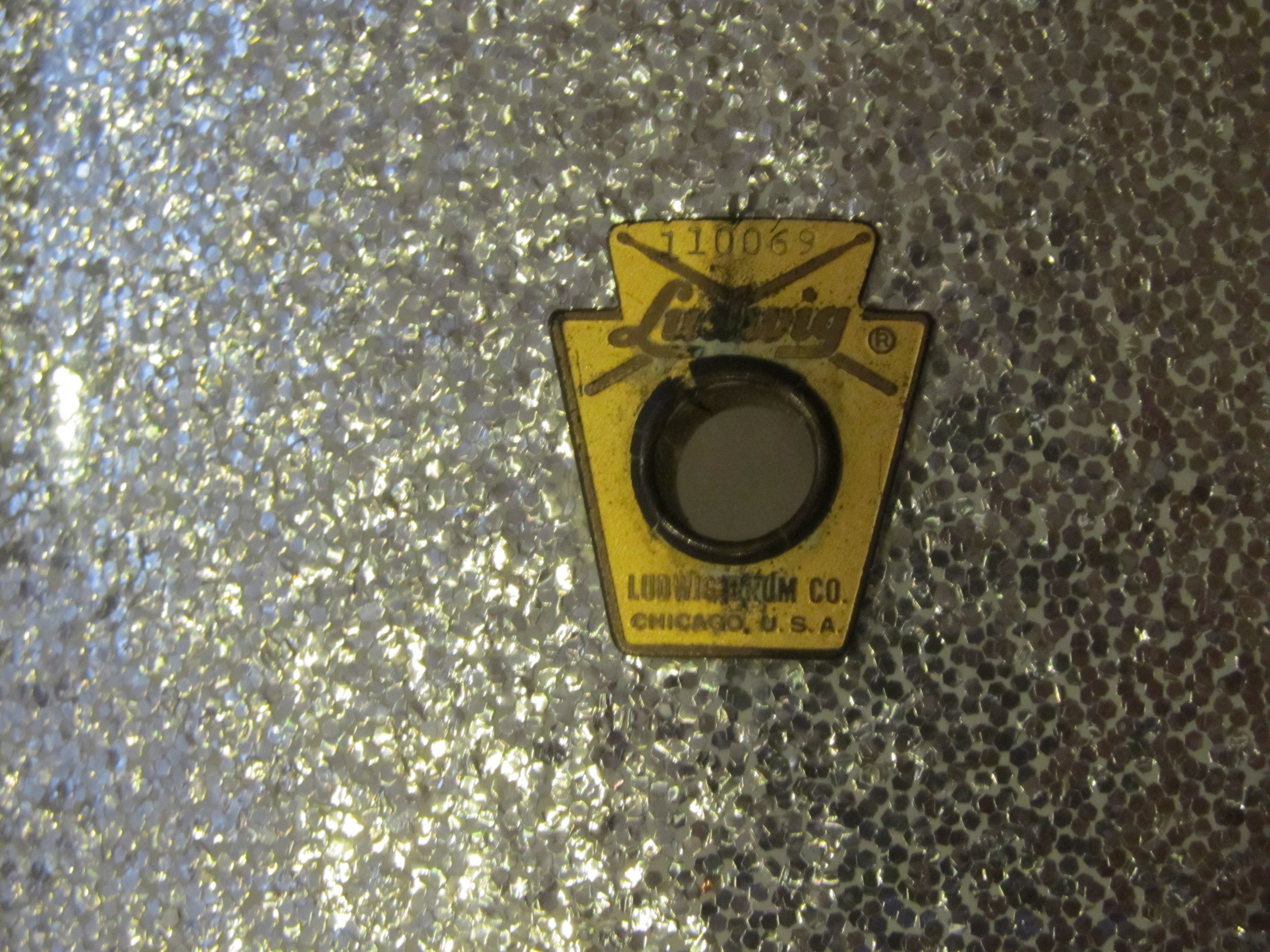

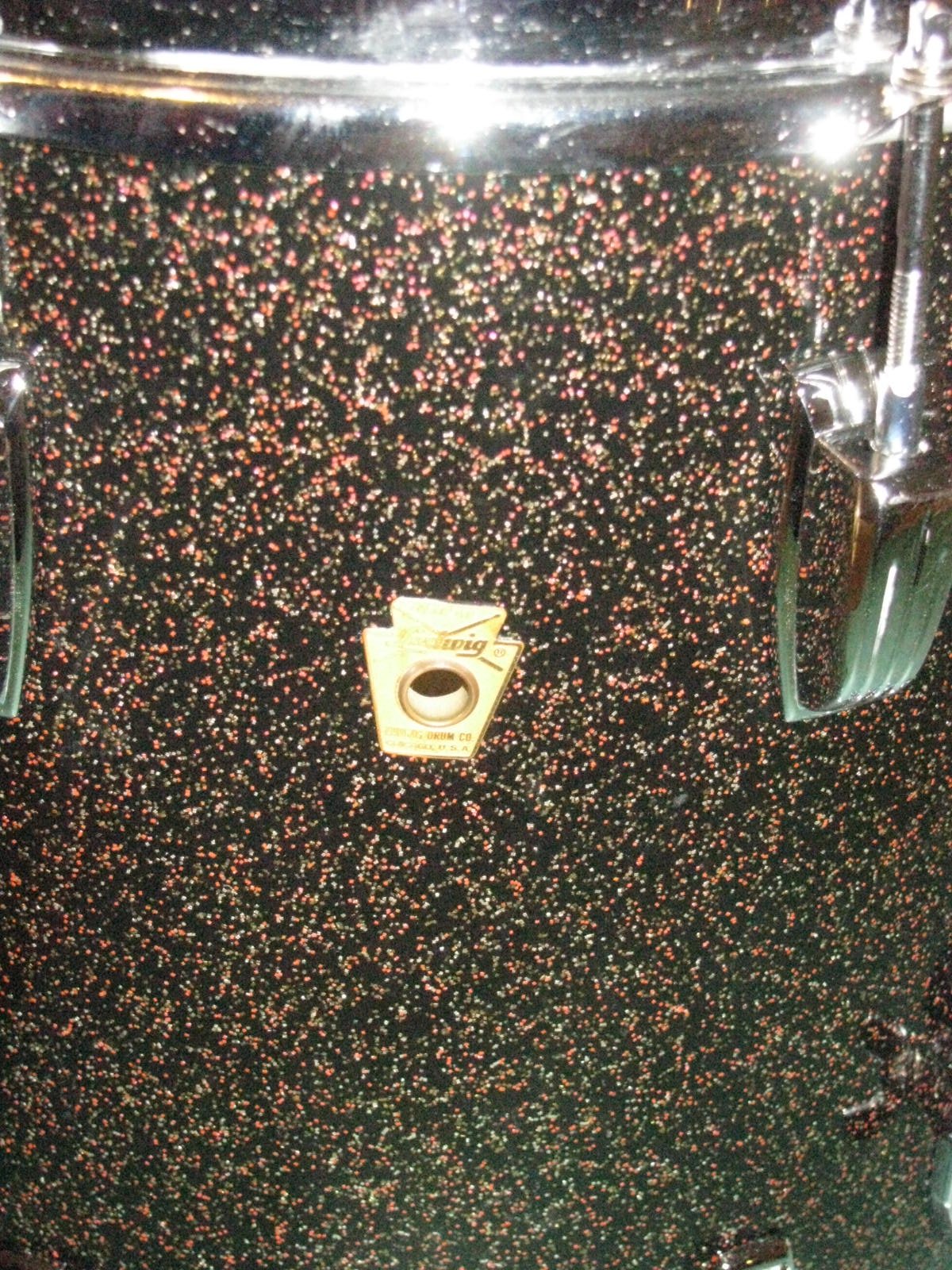
Just how common are each of the wraps and finishes that Ludwig used during the 1960s? This study reviews data gathered from a representative sample of Ludwig Keystone badge drums produced from late 1960 through late 1969.
Read moreVintage Gretsch Drum Finishes, 1970-1981, Stop Sign and First Version Square Badges
This study reviews data gathered from a representative sample of Stop Sign Badge and first version Square Badge Gretsch drums produced from about 1970 through about 1981
Read moreVintage Gretsch Round Badge Finishes
Just how common are the various wraps and finishes that Gretsch used on its vintage drums? This study reviews data gathered from a representative sample of Round Badge Gretsch drums produced from about 1962 through about 1969.
Read moreModel Numbers in Vintage Gretsch Drums
Tags from a 1963 Gretsch Round Badge set
Gretsch began placing paper labels inside their drums in about 1962. The paper labels possessed both model numbers and serial numbers. The focus of this article is on how model numbers were presented on the paper labels.[i] Knowledge of how Gretsch expressed model number is another useful dating tool.[ii]
Read moreVintage Ludwig Badges without Serial Numbers - Prototypes, Limited Editions, Special Orders, Mistakes or Just Badges Lacking Serial Numbers?
A vintage Ludwig drum made after 1963 that does not have a serial number creates much confusion and spirited debate. Few today agree on why or how drums escaped the factory with badges lacking serial numbers. Theories are often strongly expressed but weakly supported. Although speculation and conjecture are a part of the wonderful world of vintage drums, many incorrect statements become truth through repetition. This study looks at 332 vintage Ludwig drums that have badges without serial numbers.
Read moreLogos on Ludwig Standard Snare Drum Throw-offs and Butt Ends
The goal of this study is to provide accurate information to assist vintage drum collectors to better evaluate the authenticity of Ludwig Standard snare drums by delving deeply into the specifics of when different logos appear on the P-83 model throw-offs and P-32 model butt ends.
Read moreUnderstanding Ludwig’s Use of “Anti-Galvanic” Stamps and Stickers on Chrome Drums 1968 - 1984
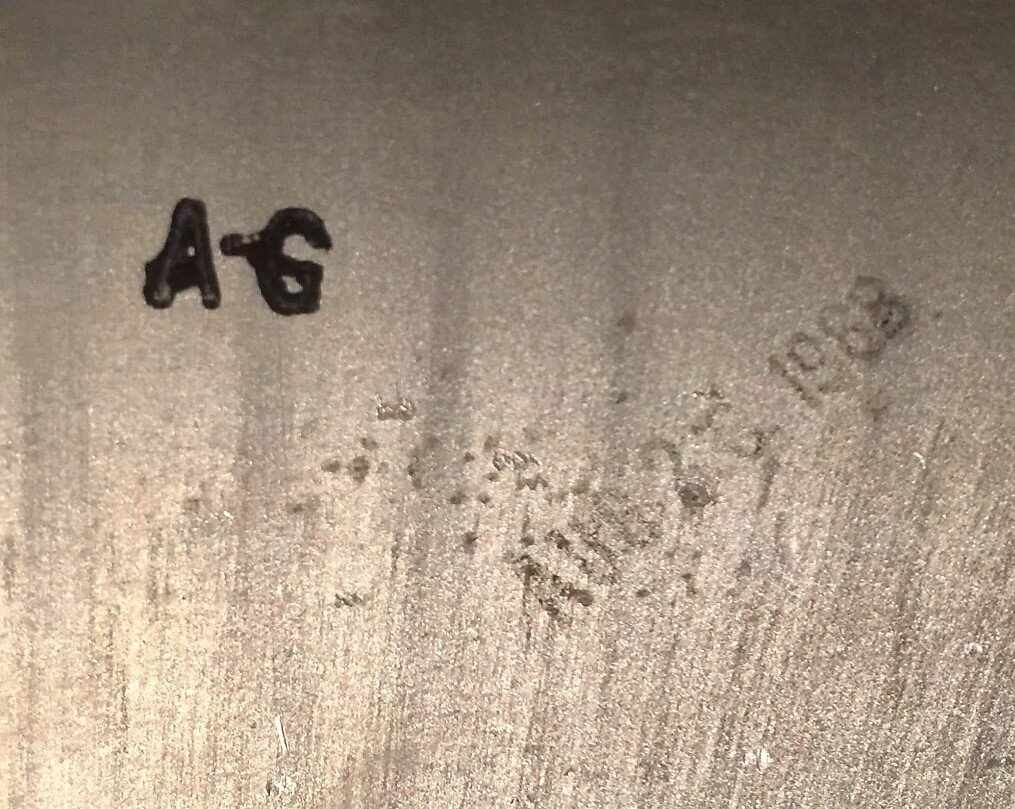
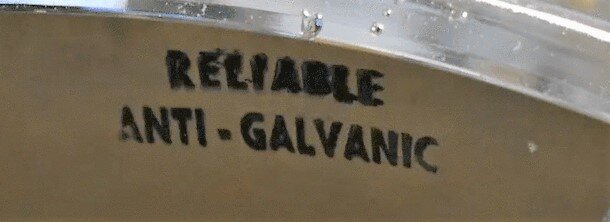

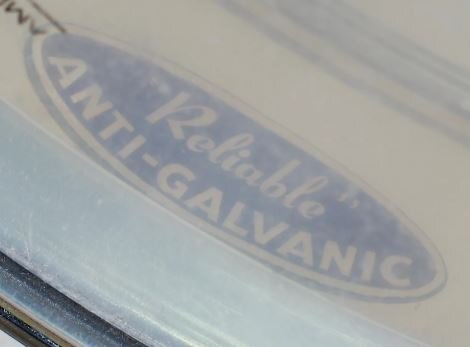
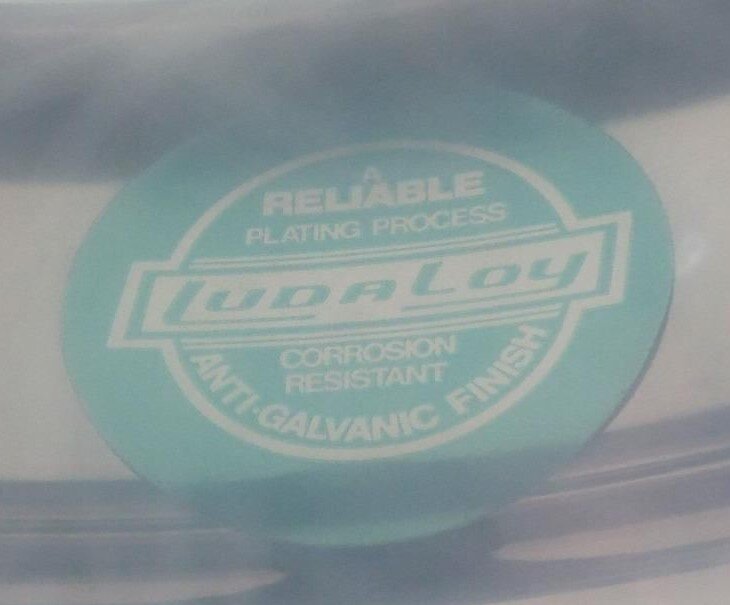
Ludwig utilized two different types of stamps and three different stickers to indicate that the anti-galvanic finishing process was used on its chrome-plated shells. By gathering information from chrome-plated drums and exchanging emails with the president of the company which provided plating for Ludwig, a timeline of the different stamps/stickers is developed. These interior stamps/stickers are another useful tool to authenticate and date vintage Ludwig drums.
Read moreSerial Number Ranges of “Born Together” Vintage Ludwig Keystone Badge Drum Sets
This is a companion article to one about Gretsch round badge drums published in December 2020.[i] This study involves Ludwig Keystone badge drums with serial numbers produced from late 1963 to late 1969. Many collectors place a premium on born together drum sets. However, very few vintage drum sets come with original receipts or reliable histories which can assure owners or potential buyers that the sets were originally purchased as one unit from the factory or music instrument retailer. When documentation is not present, many look for sets with closely grouped serial numbers. But how close is close enough?
Read moreMid 1960s Gretsch Round Badge Drums without Silver Sealer

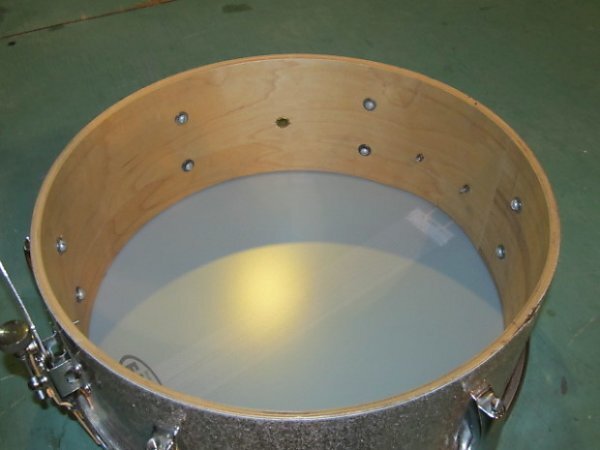
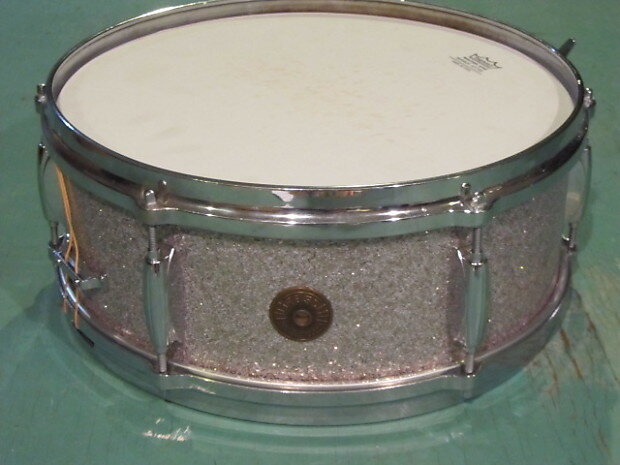
One of the many unexplained mysteries of vintage drums is the existence of vintage 1960s Gretsch Round Badge drums which lack the typical silver sealer interior paint. This was an era before clear drum heads, so few people saw the inside of their drums. However, Gretsch was marketing “The Great Gretsch Sound” and part of that sound was allegedly the silver sealer they applied to the interior of their drums starting in about 1954.
Read moreSerial Number Ranges of “Born Together” Vintage Gretsch Round Badge Drum Sets
Many collectors place a premium on “born together” drum sets - sets which were originally purchased as one unit from the factory or music instrument retailer. This study identifies vintage Gretsch Round Badge sets demonstrated or purported to be born together to establish an objective benchmark for determining that a set of drums was born together.
Read moreHow America’s Bicentennial Impacted Ludwig Drum Dating
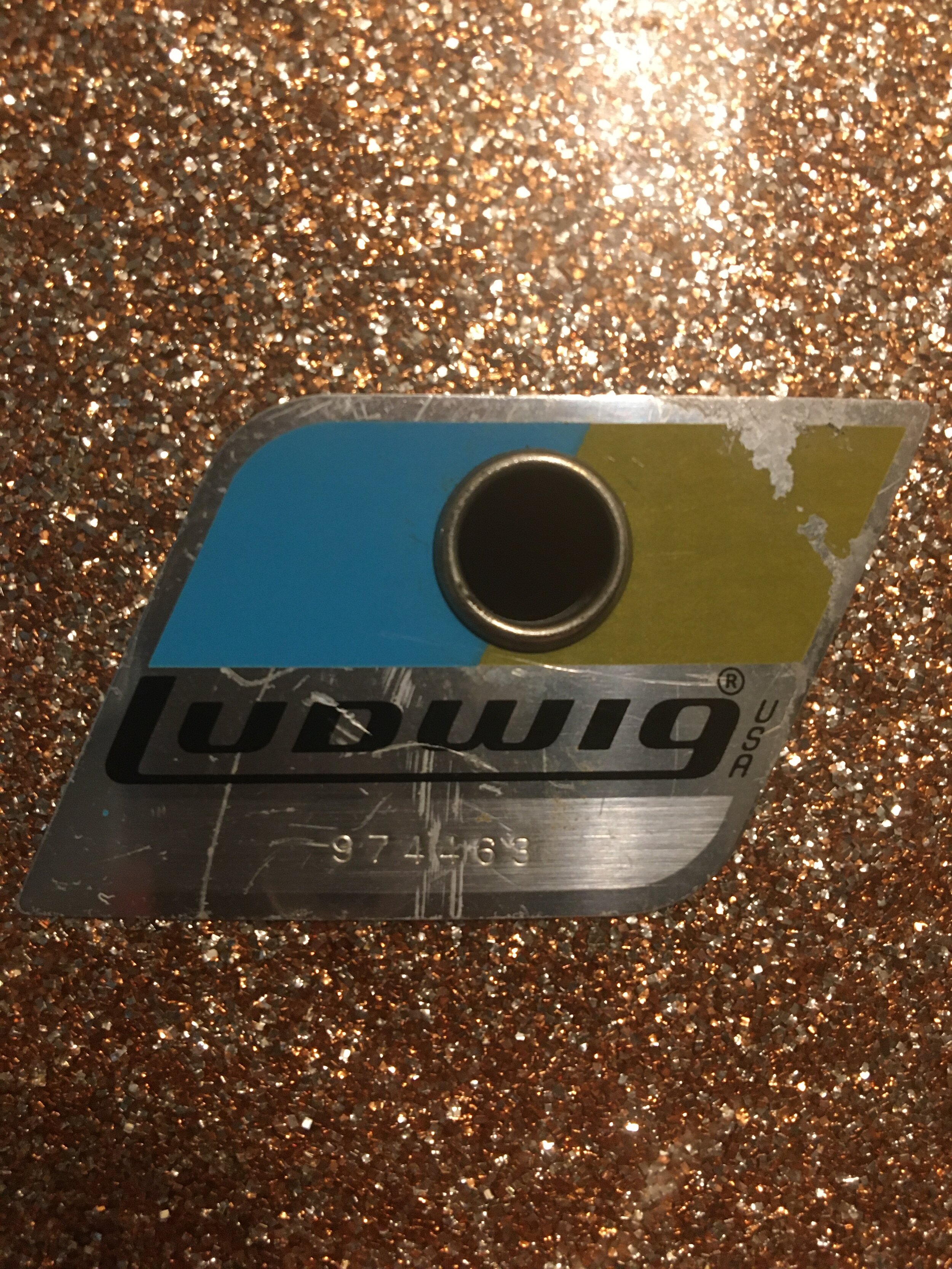
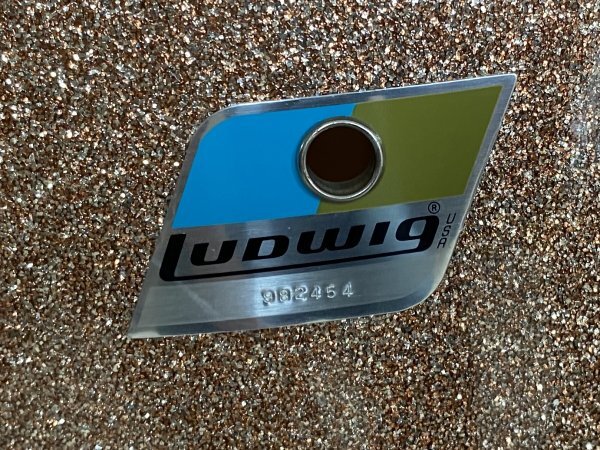
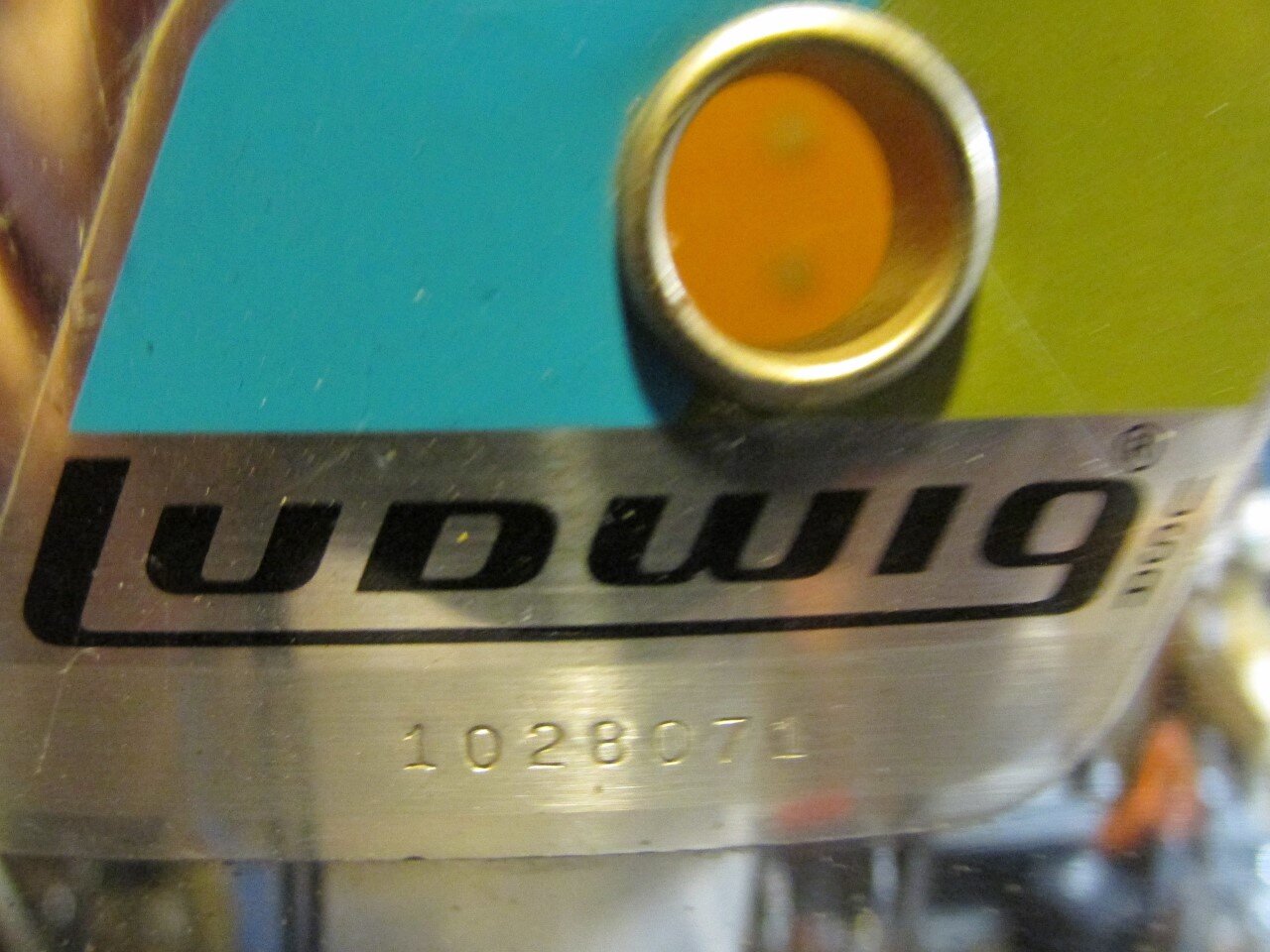
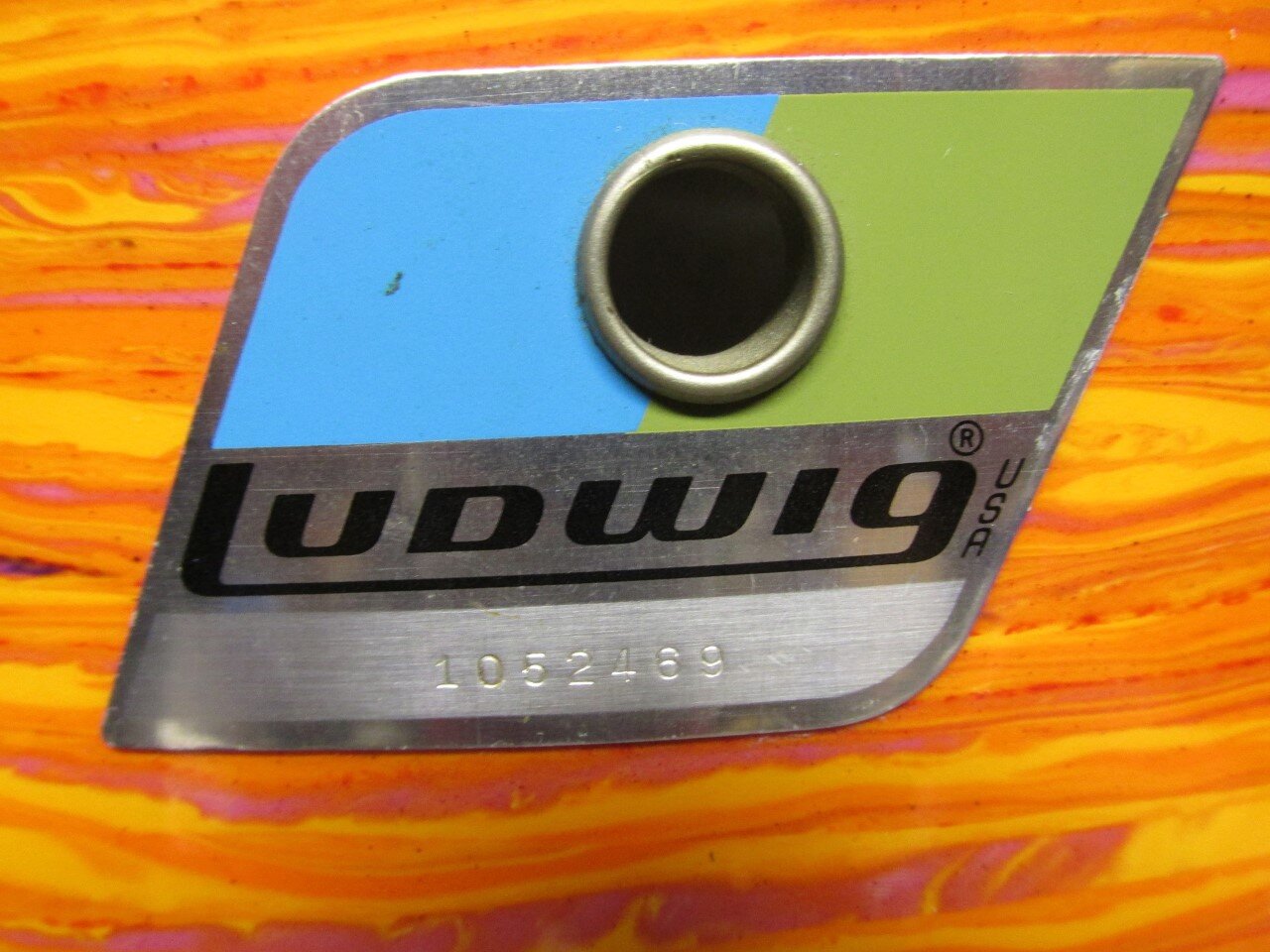
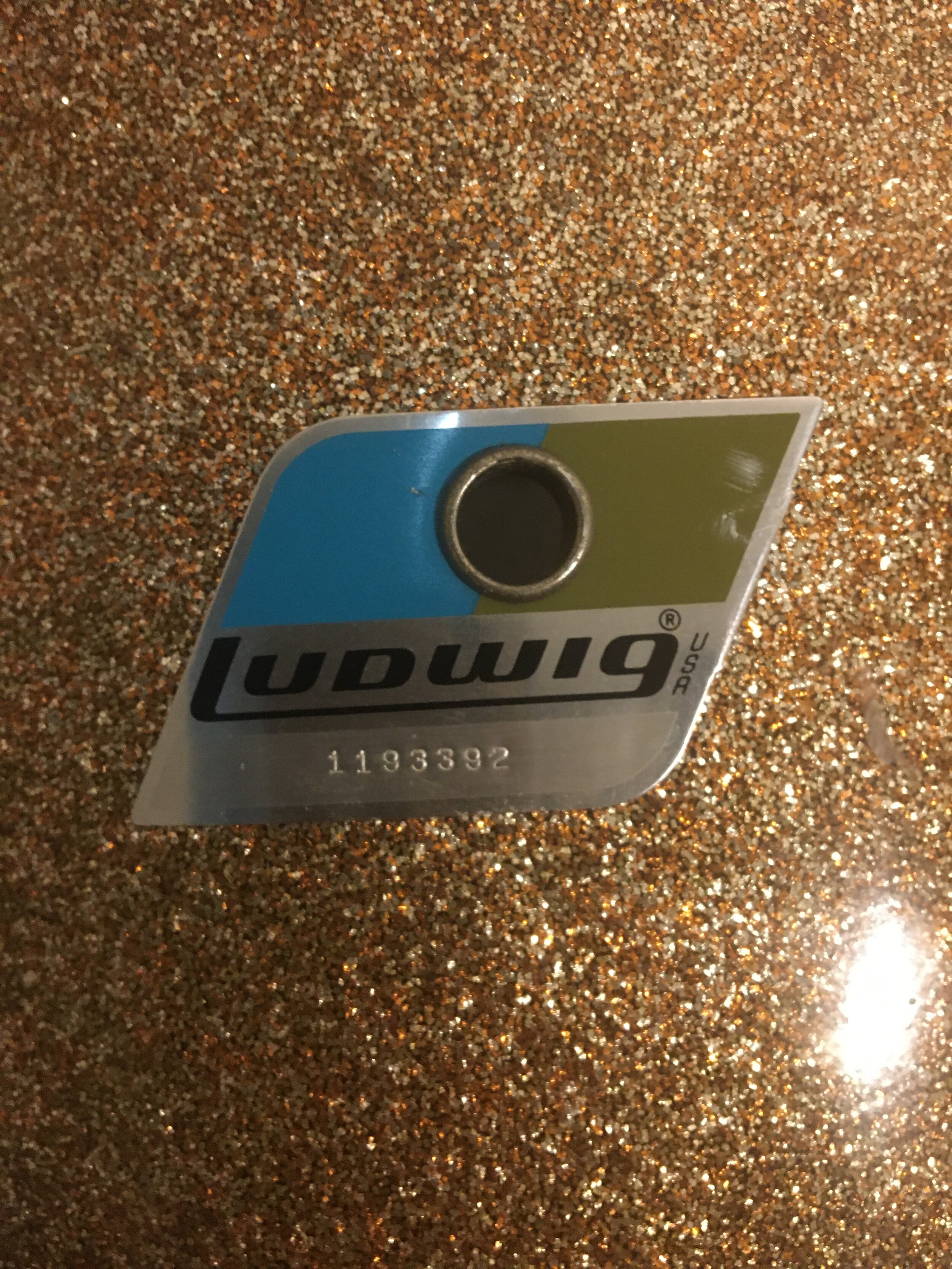
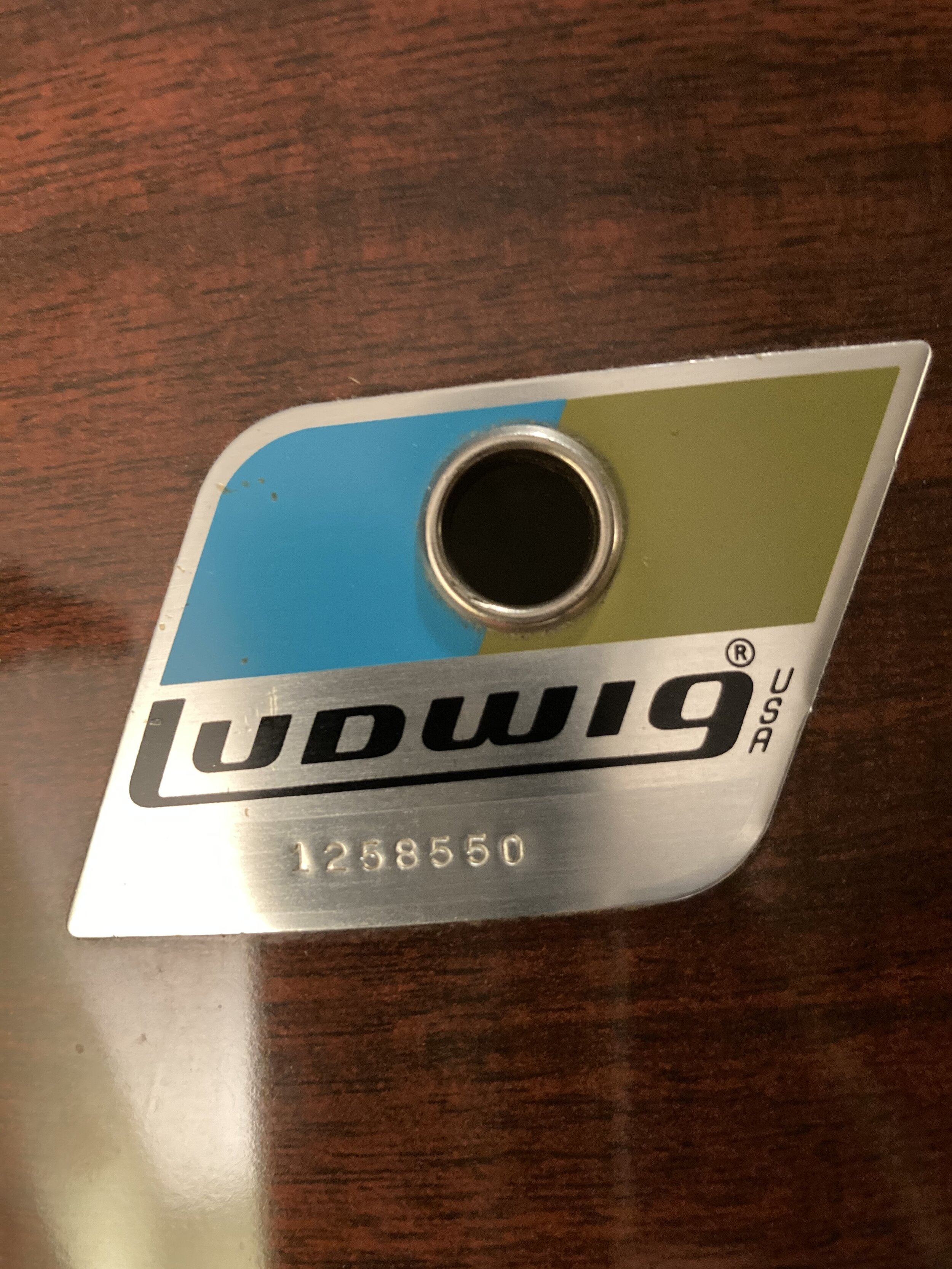
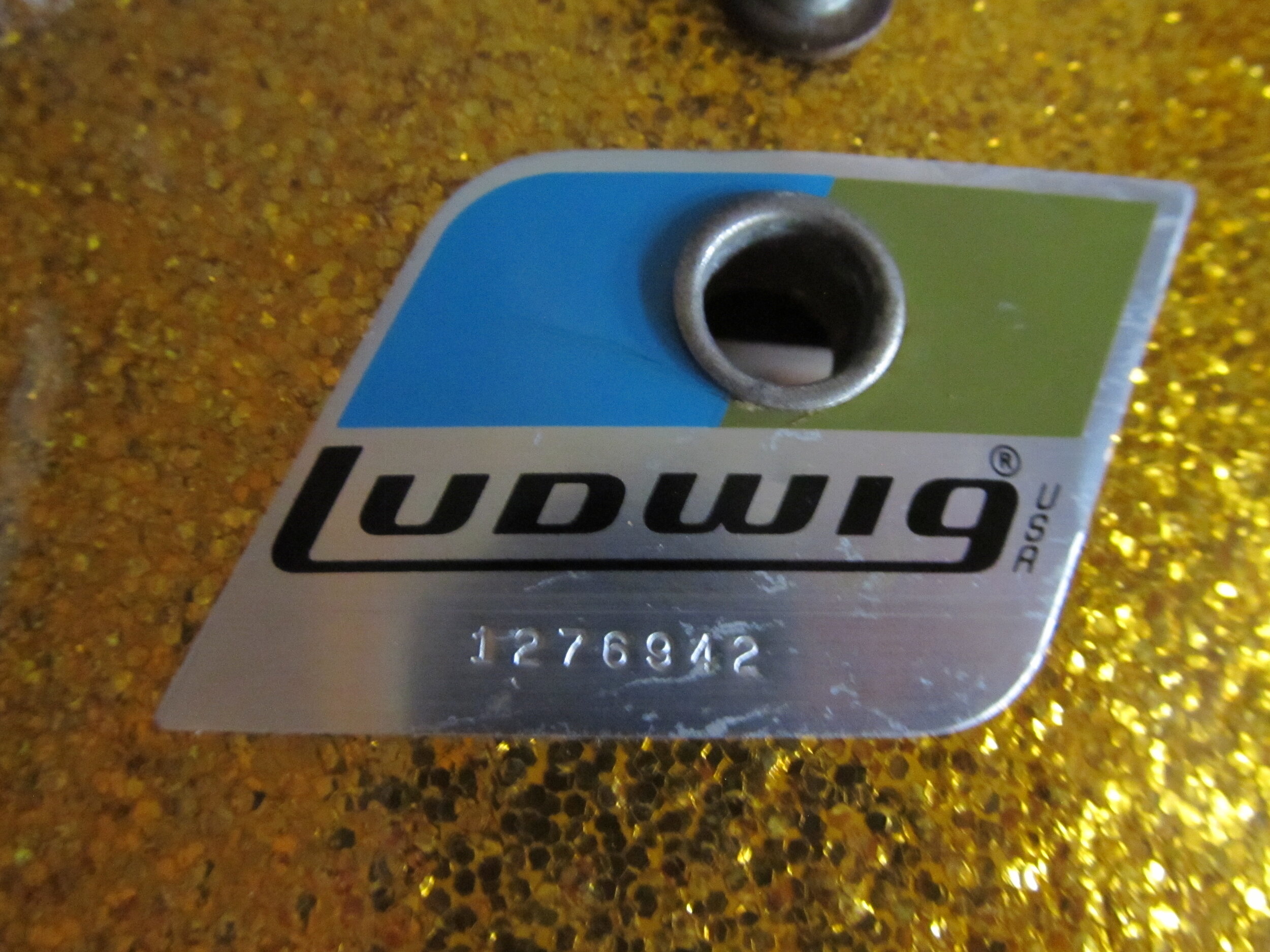

One lesson learned here is when you see a listing for a drum from 1976, think twice before believing that date. A related lesson is that if you have drum with a serial number in the lower part of Mr. Cook’s 917xxx – 1290xxx range, do not describe it as being from 1976. There is no harm just listing the serial number and letting others take their best guess. They will probably look it up online, and just perhaps they will see this article and think twice before declaring it to be from 1976.
Read moreLudwig's Use of Paper Labels in 1971/1972 - Date Stamps and Date Codes
Ludwig's Use of Paper Labels in 1971/1972 - Date Stamps and Date Codes - Rick Gier sheds light on this mystery.
Read moreWere American Drum Manufacturers Required by Law to Use Serial Numbers During the 1960s?
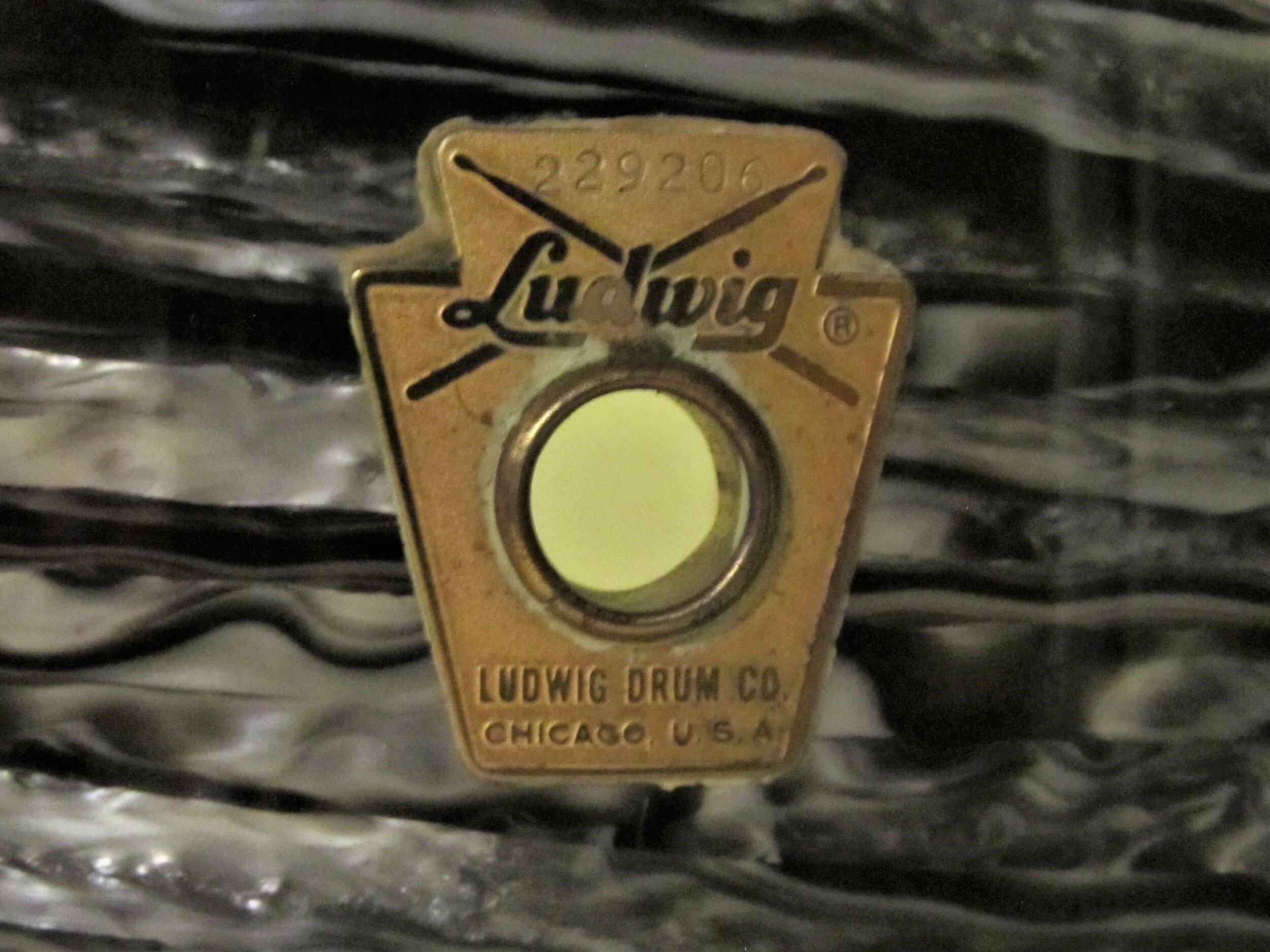
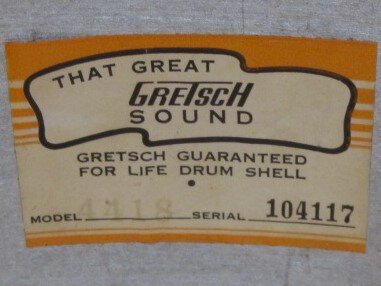
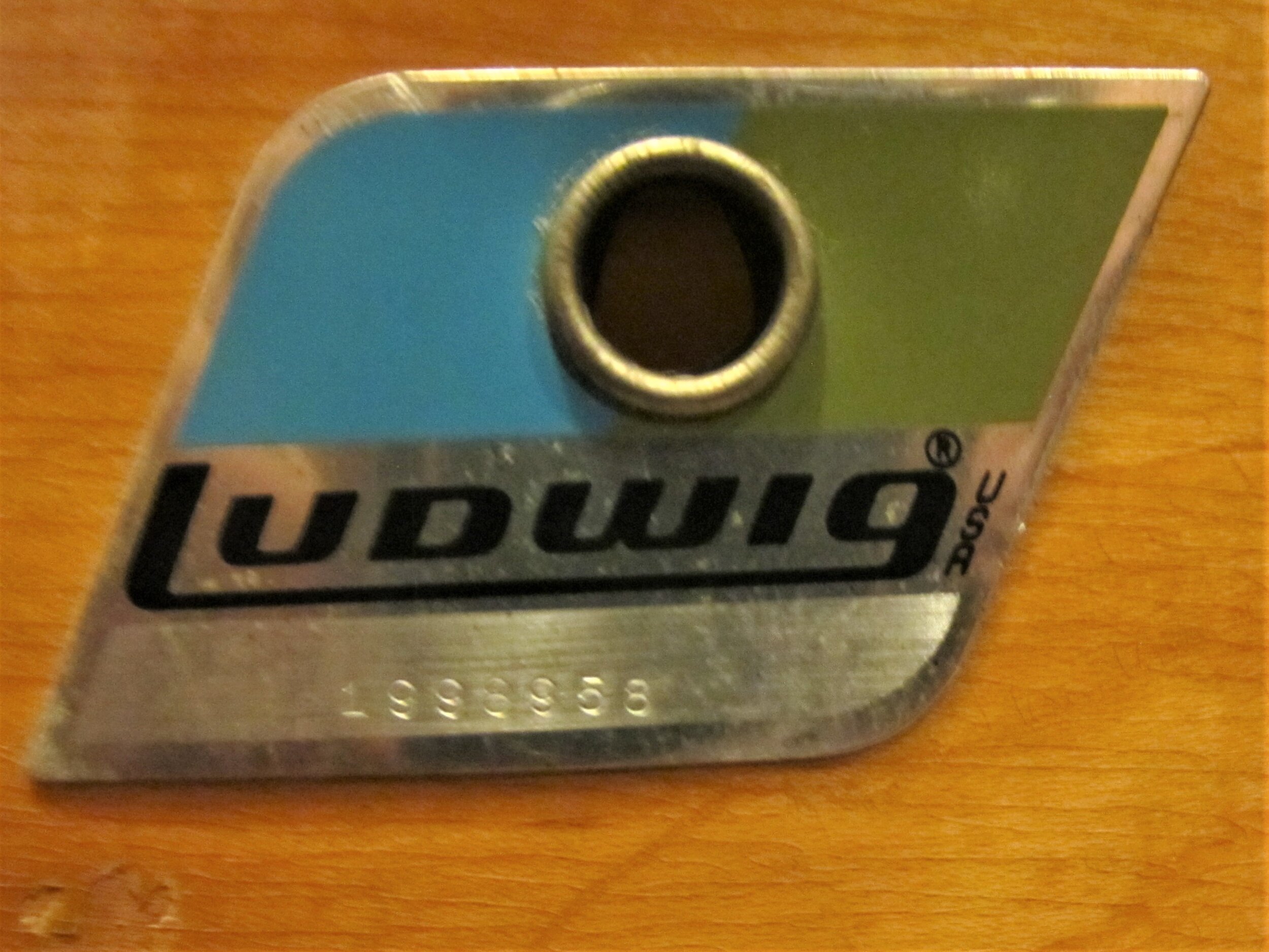
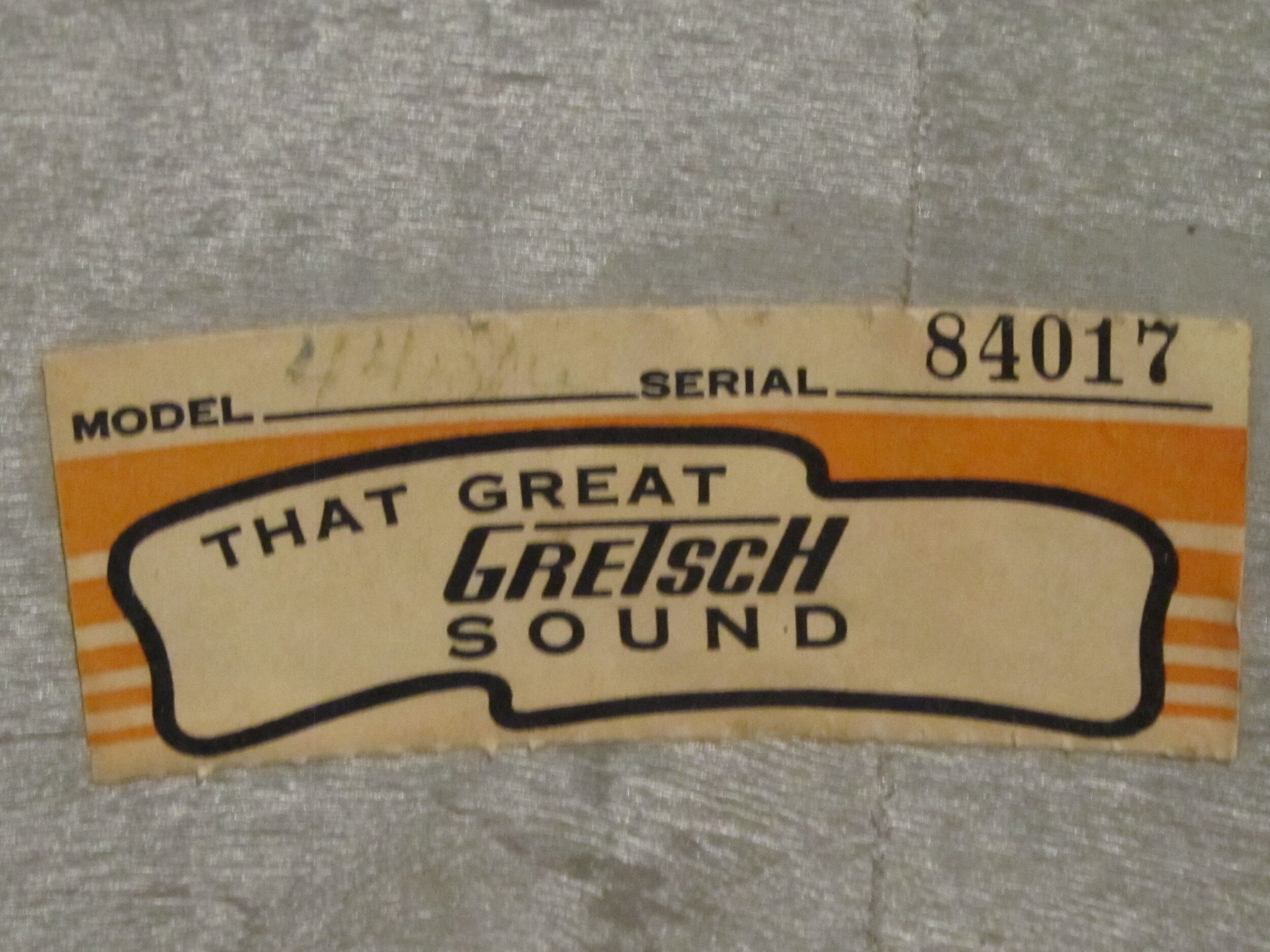
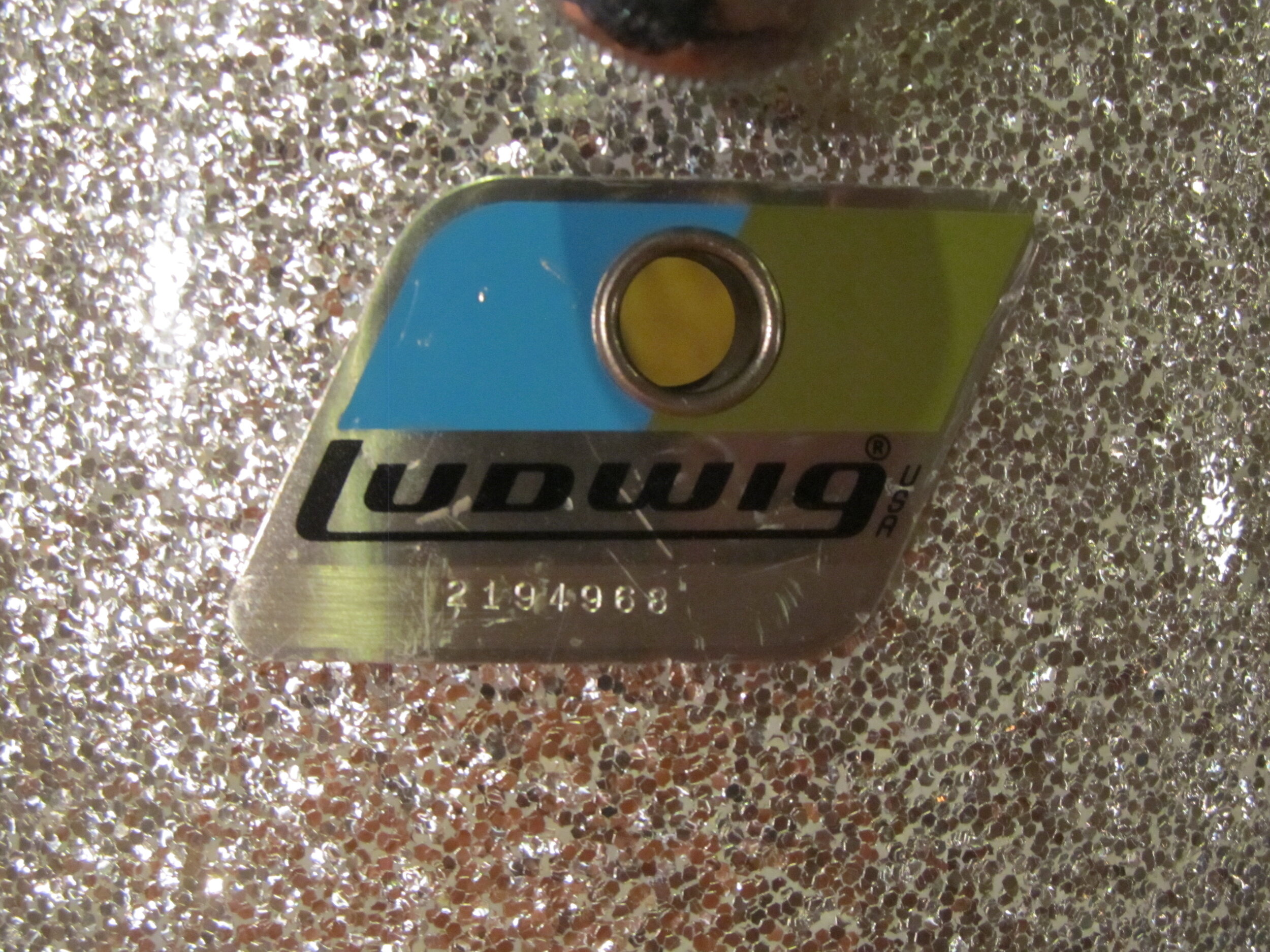
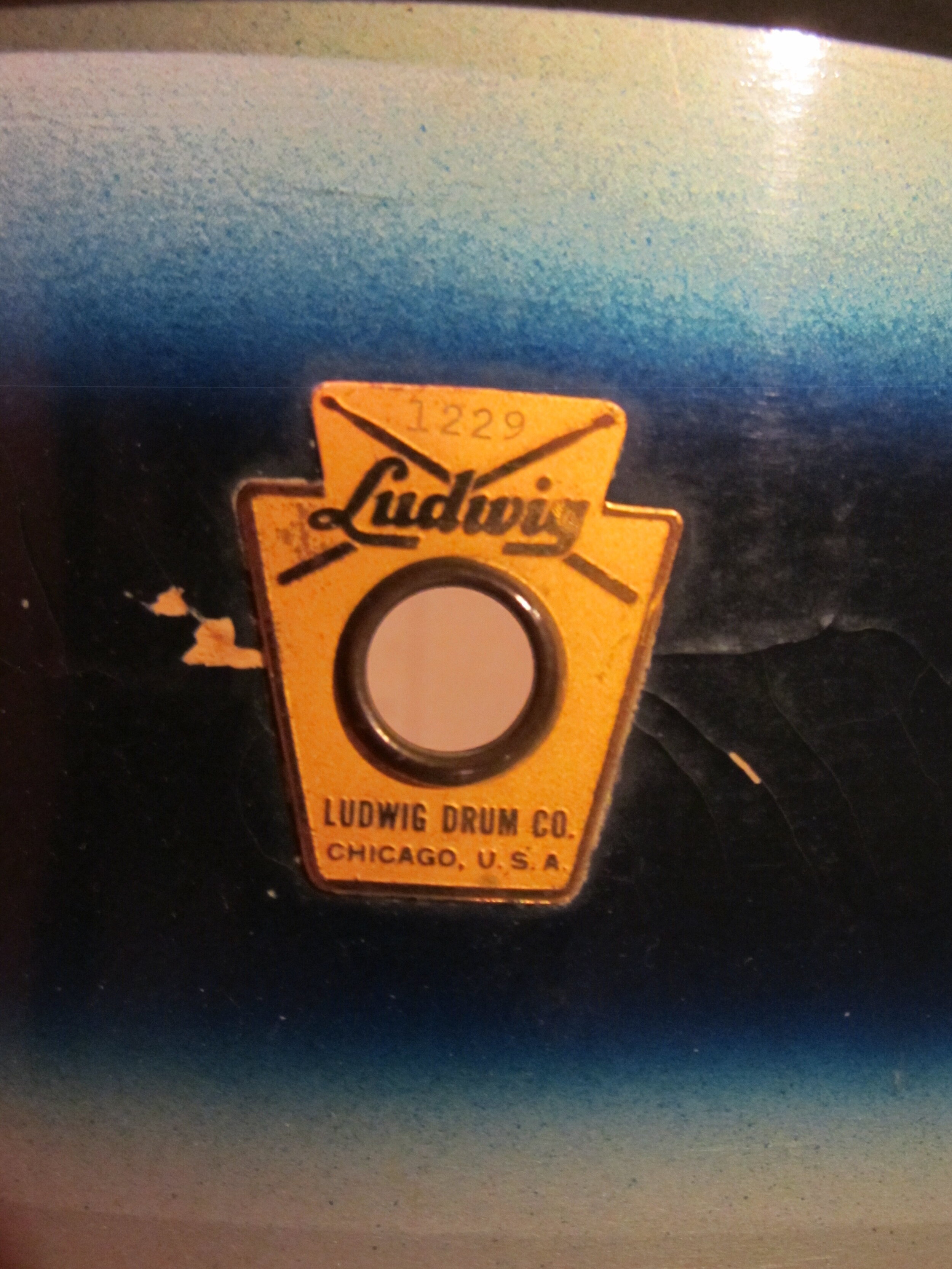
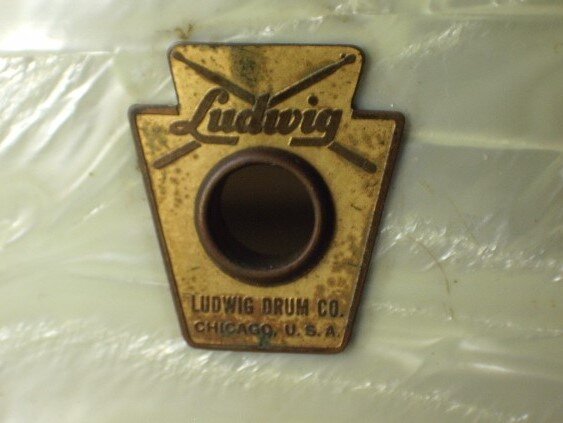
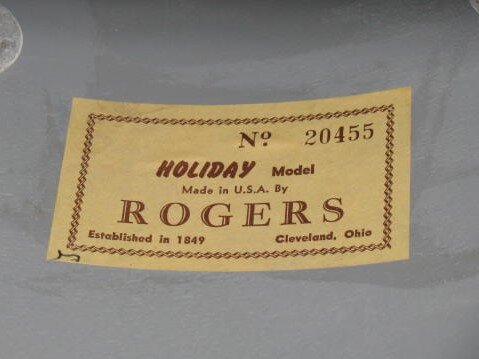
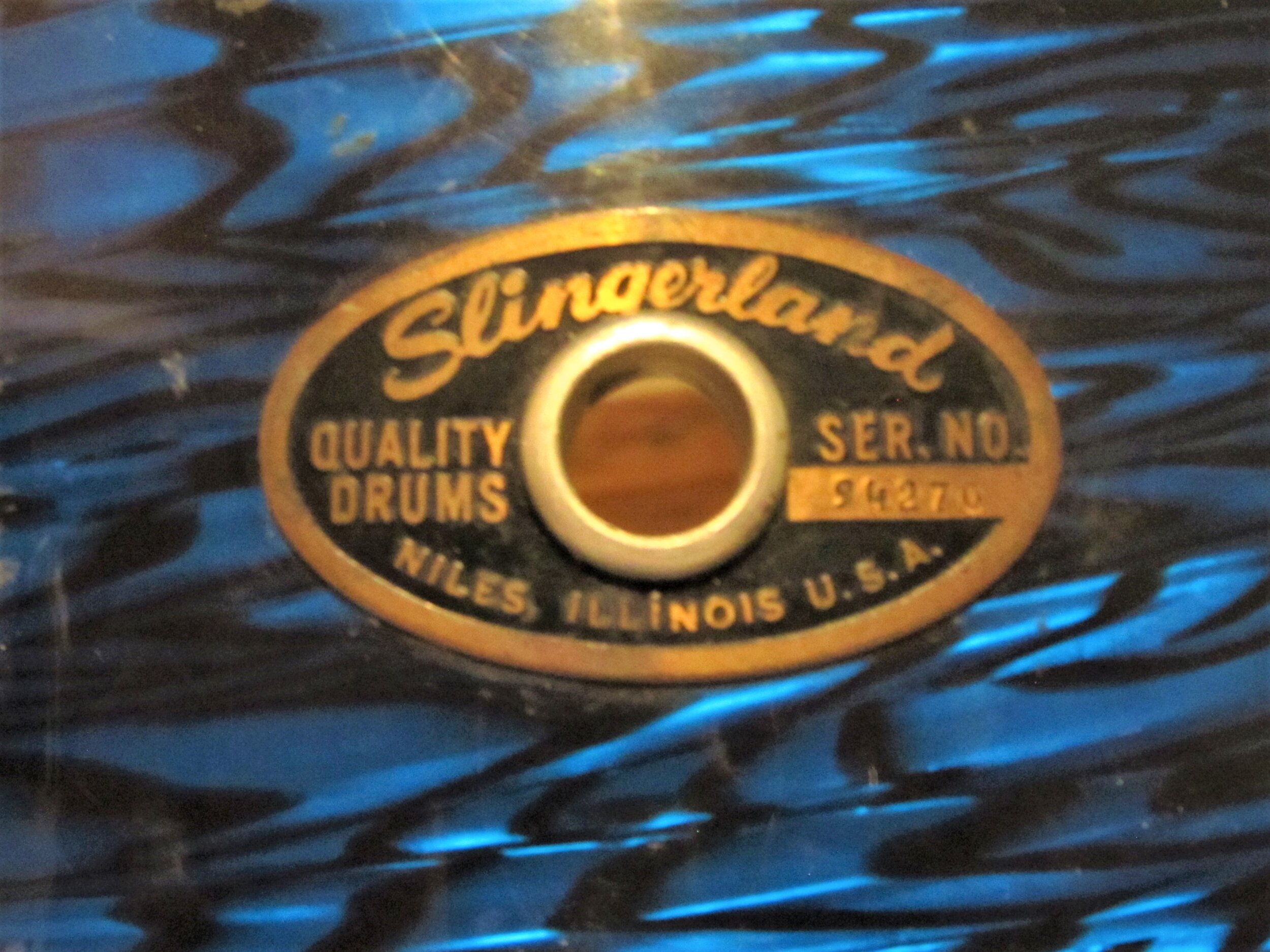
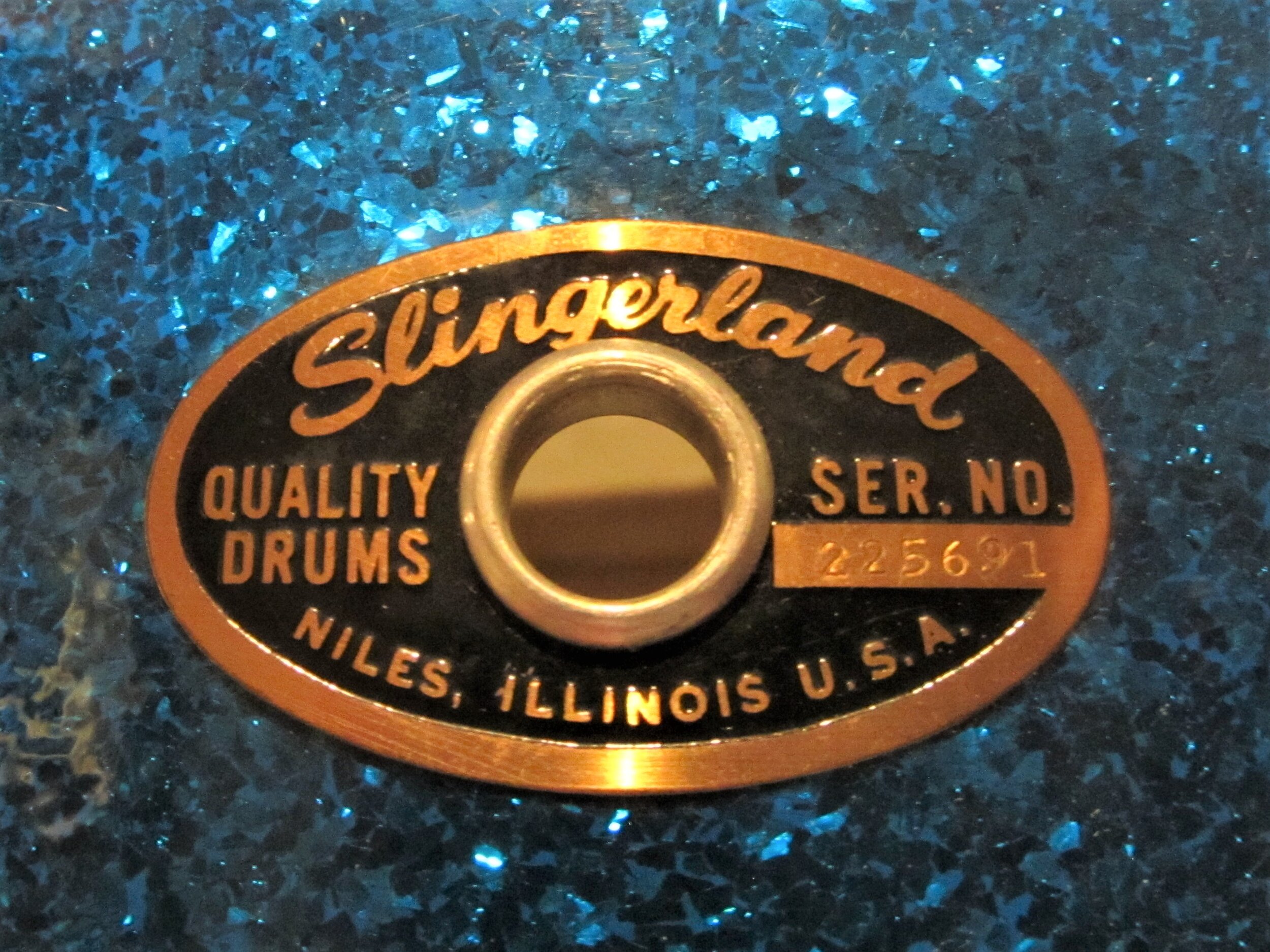
Many vintage drum enthusiasts have taken advantage of the existence of serial numbers on drums as a relatively reliable tool for estimation of manufacturing dates. Many have compiled lists of drums’ serial numbers and date stamps to understand and exploit the relationship between them. Most cared little about why the serial numbers were there, but were just happy that the serial numbers were there to provide a rough tool for use in dating drums. As one learns more about how drum manufacturers used serial numbers, one begins to question the reason that serial numbers were used at all.
Read moreStudy of Vintage Ludwig Date Stamps to Determine Frequency of Days of the Week
A fortunate byproduct of gathering information from vintage drums to create serial number-based dating guides is the large database of information about individual vintage drums which results is a great resource for other inquiries. This study looks at vintage Ludwig drums from the time when they possessed both date stamps and serial numbers to learn about production by day of the week.
Read more
